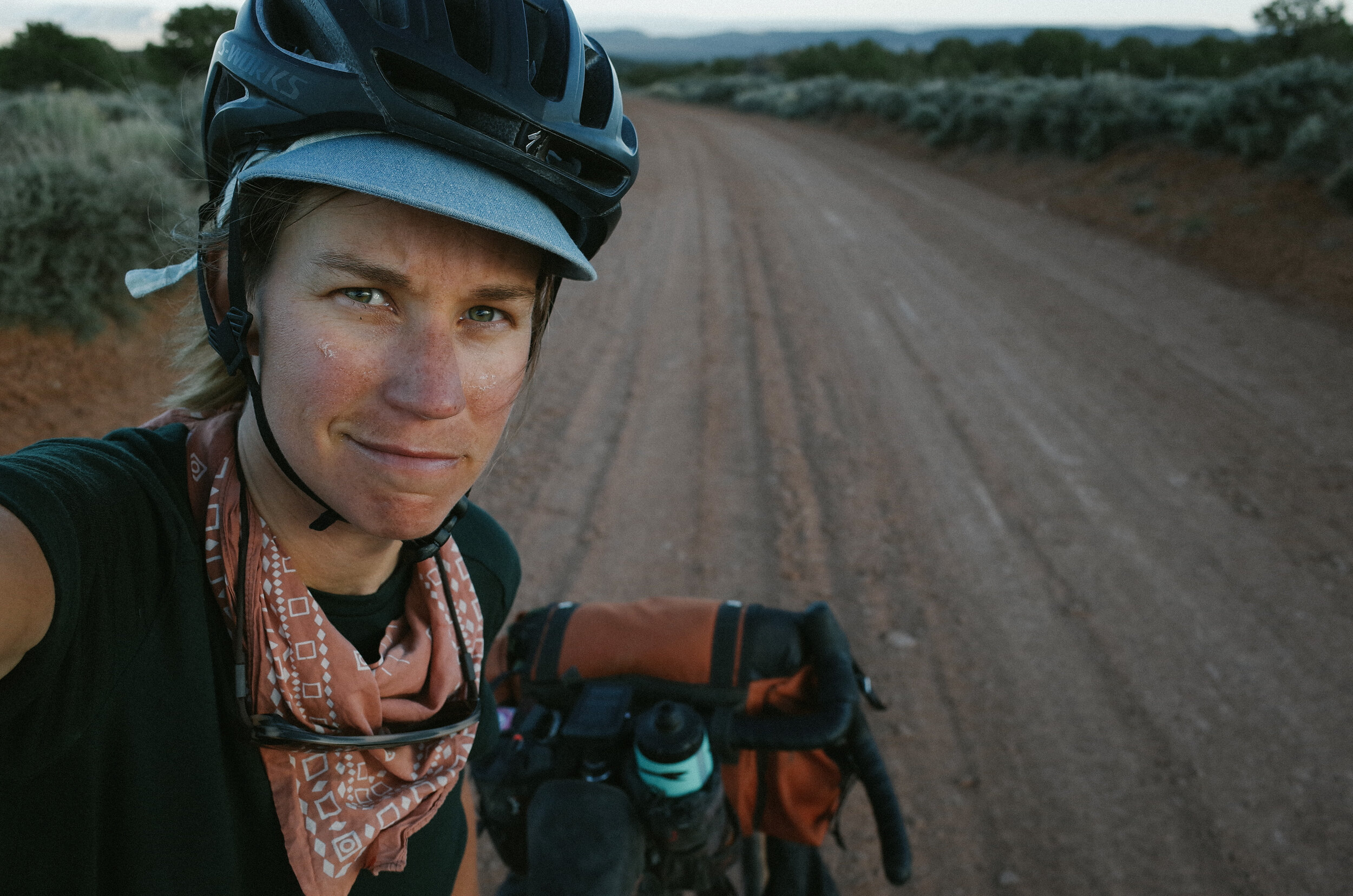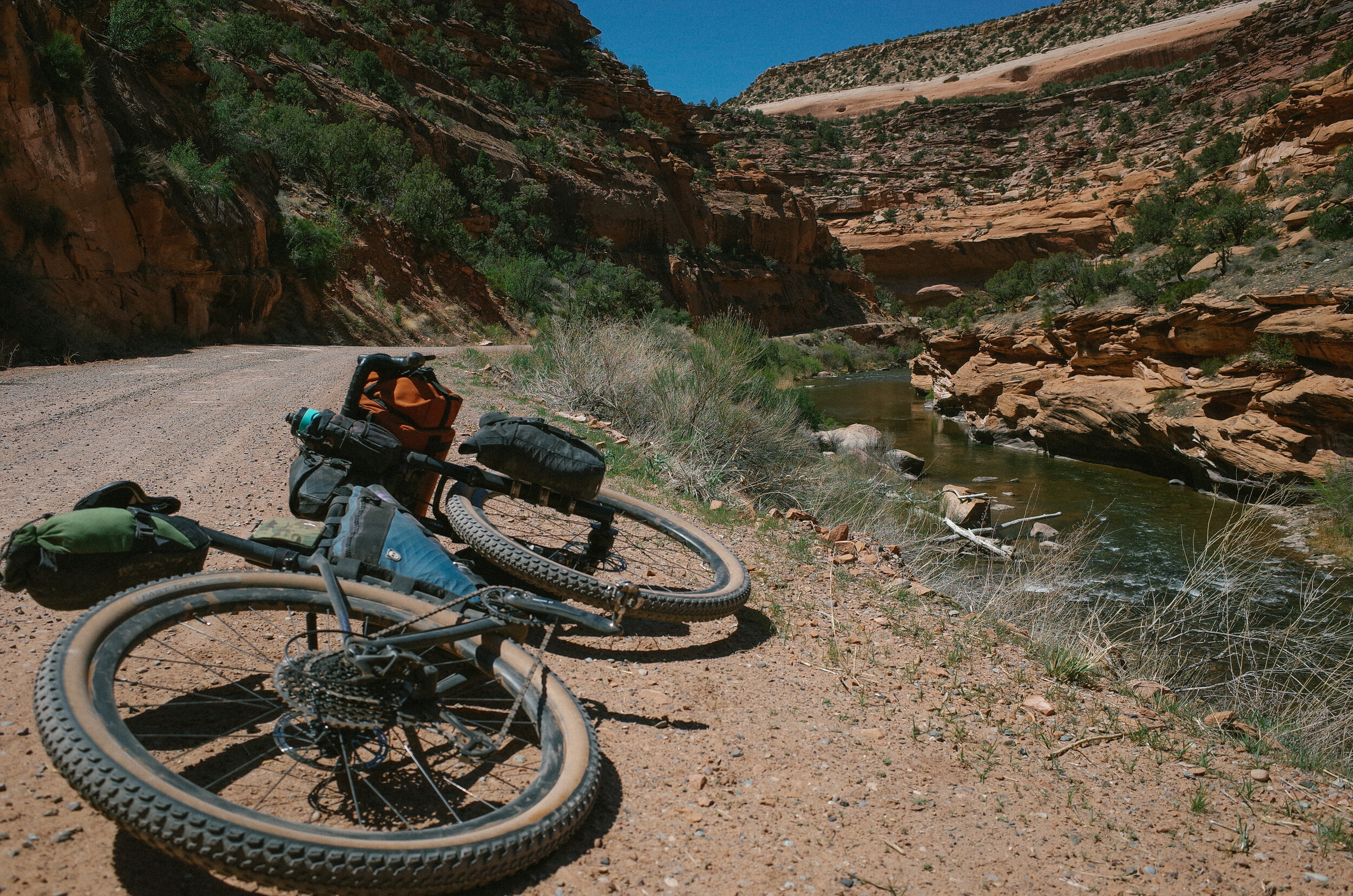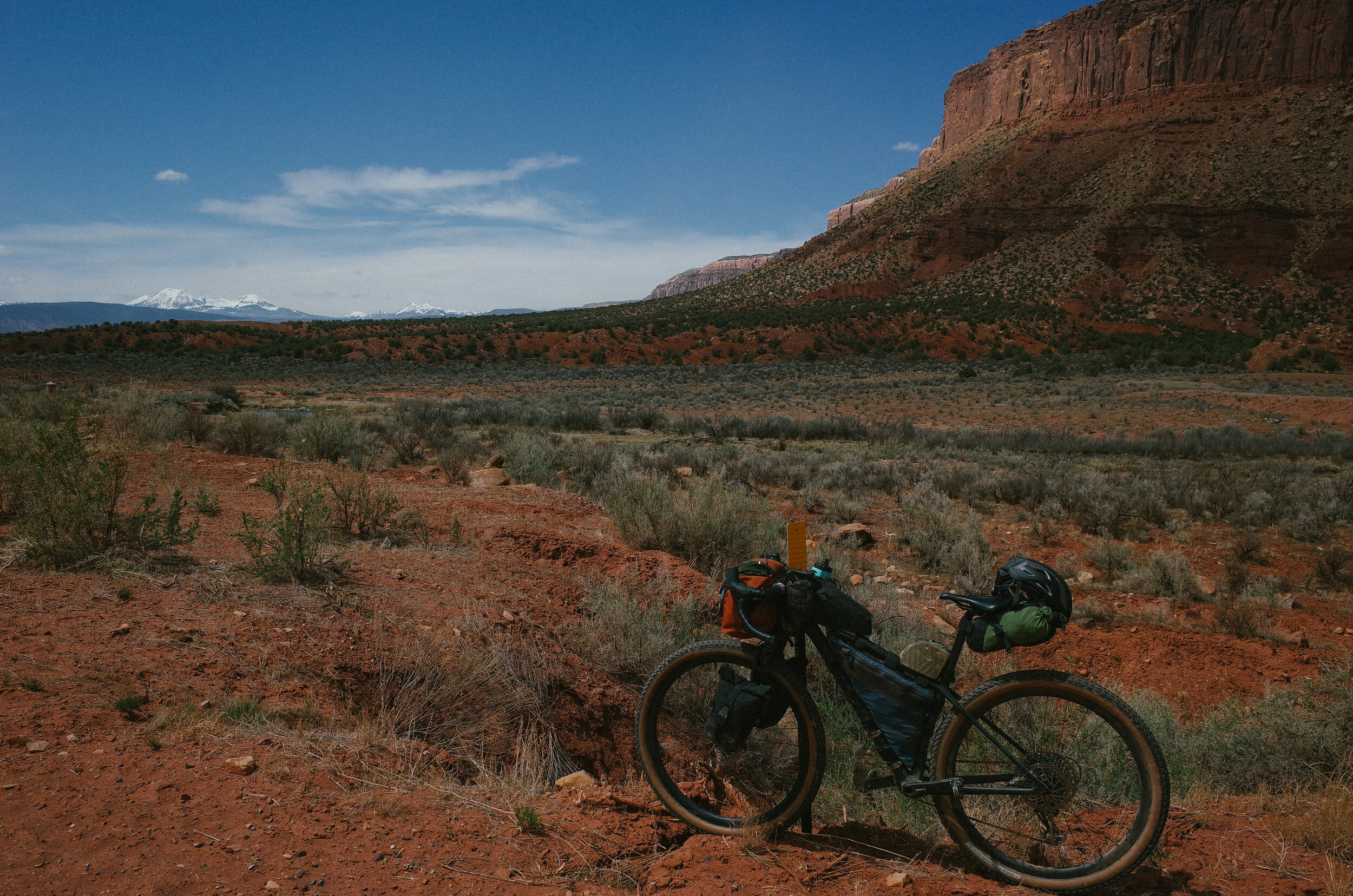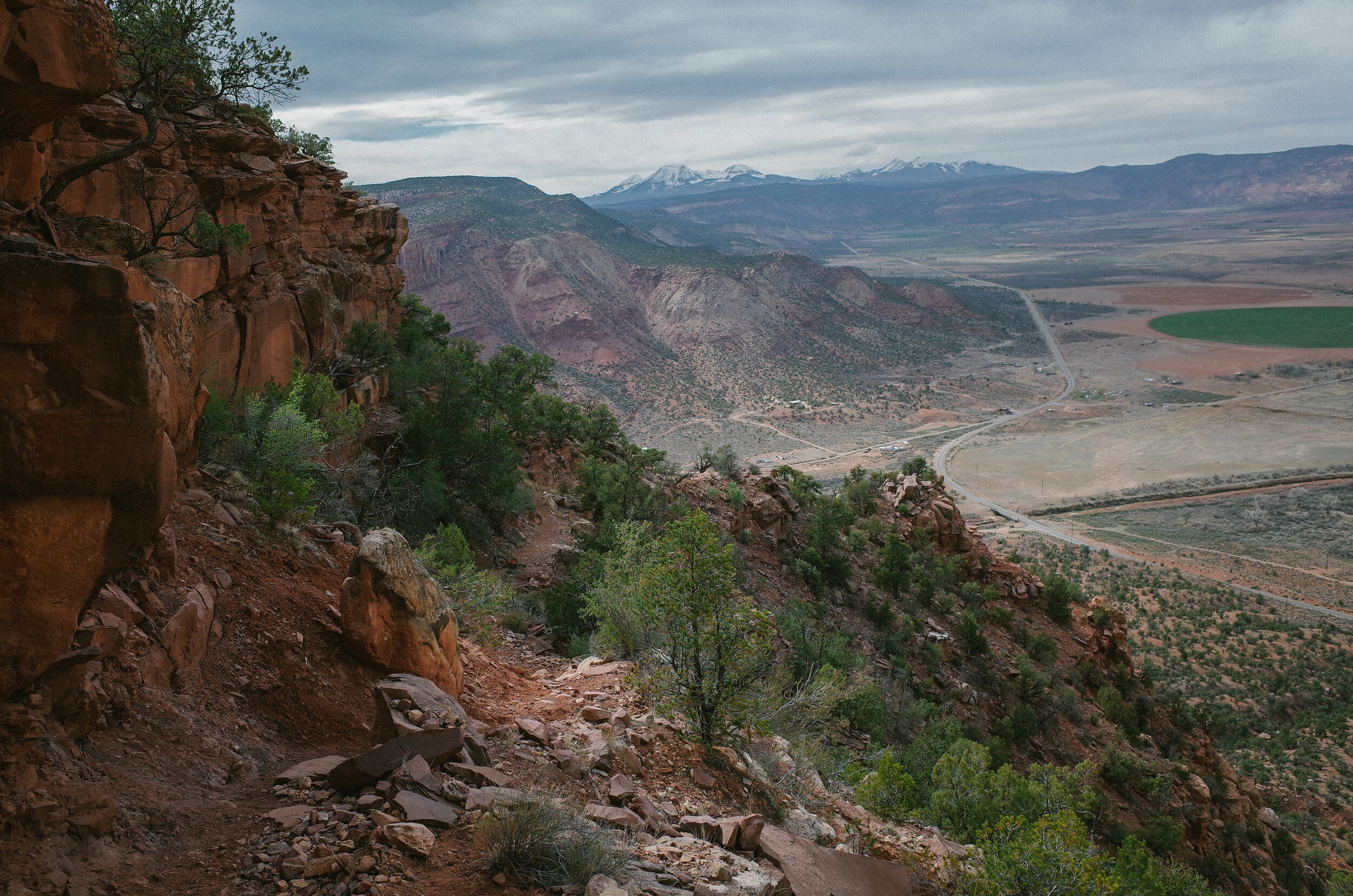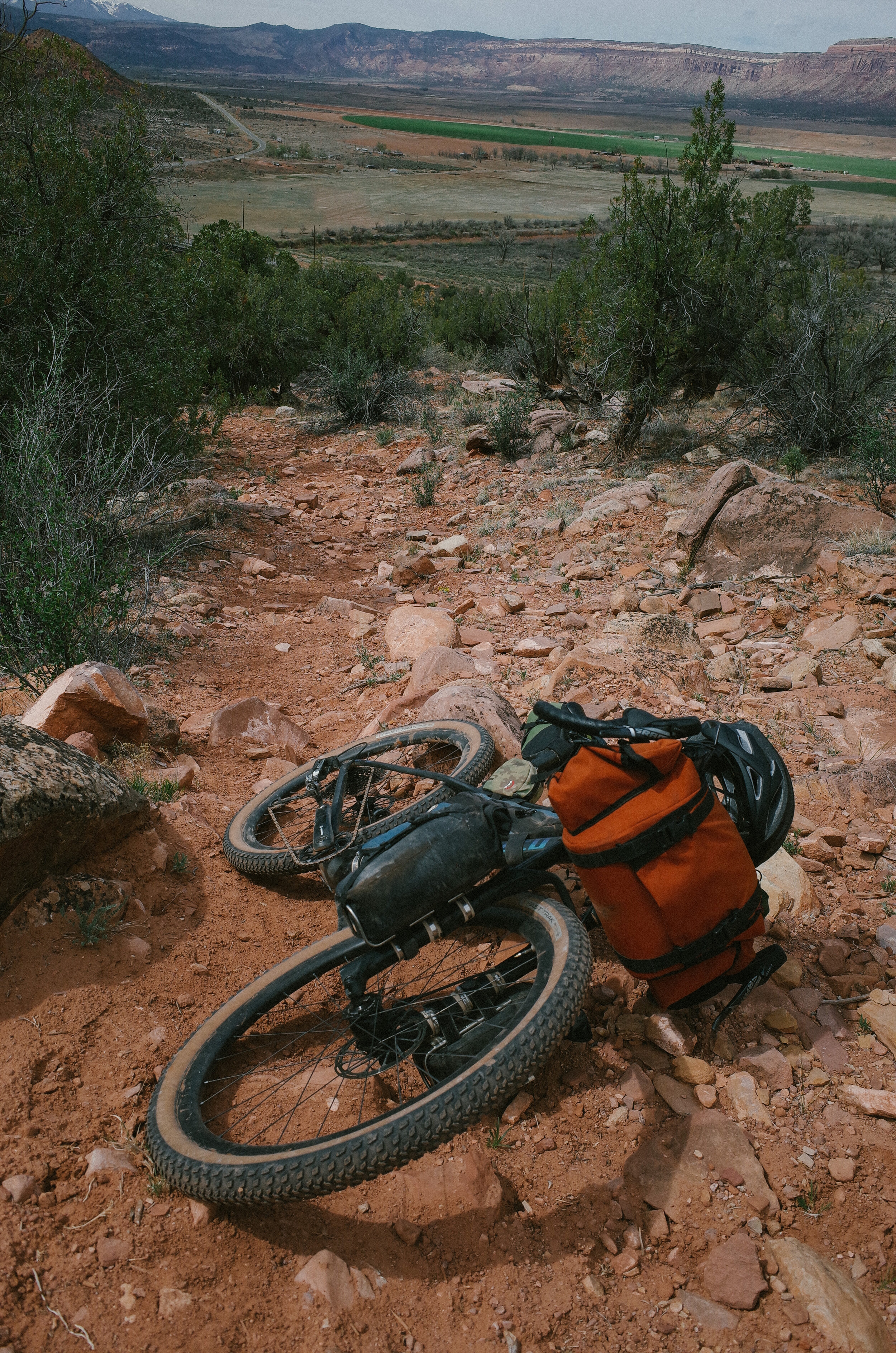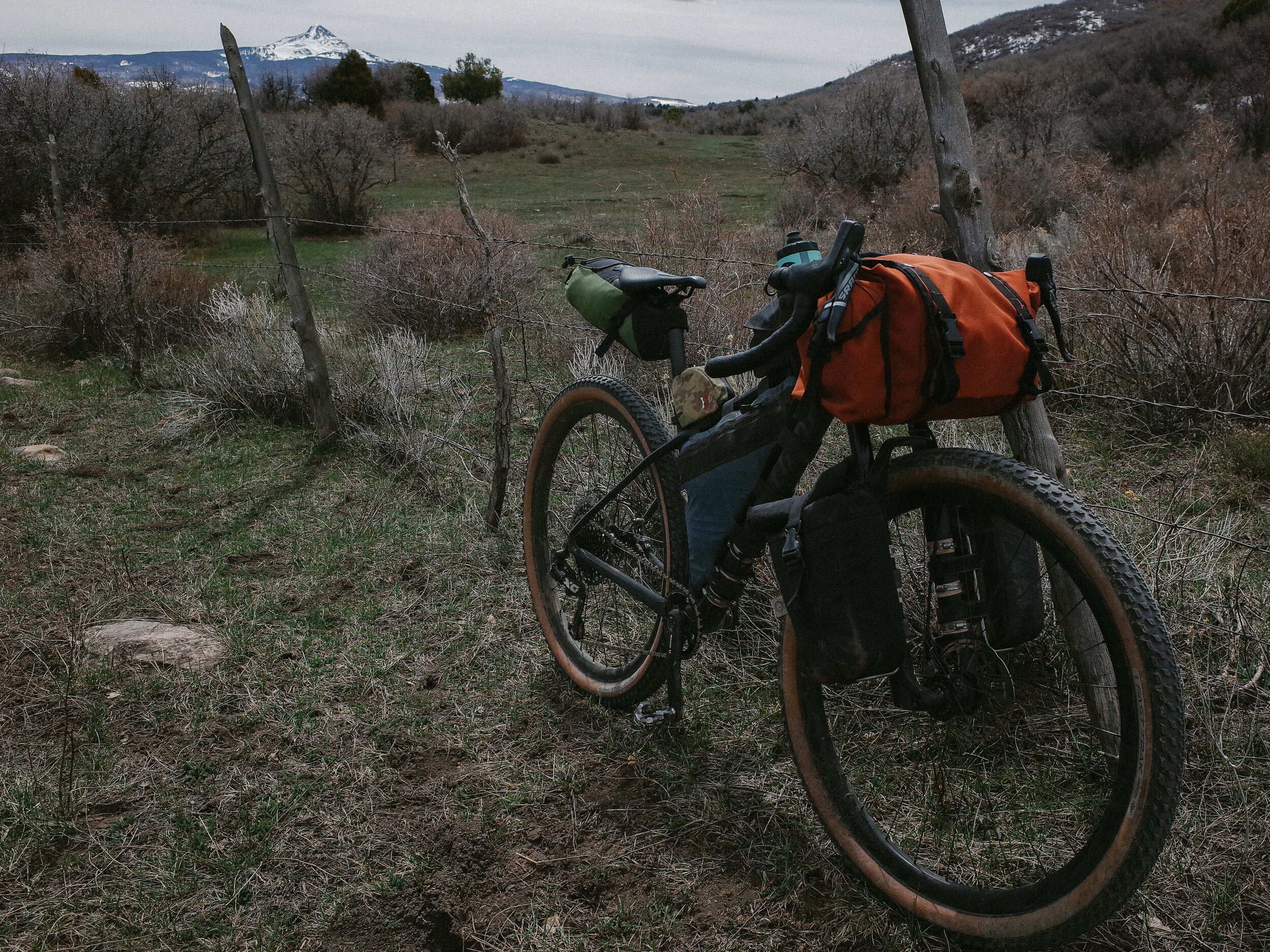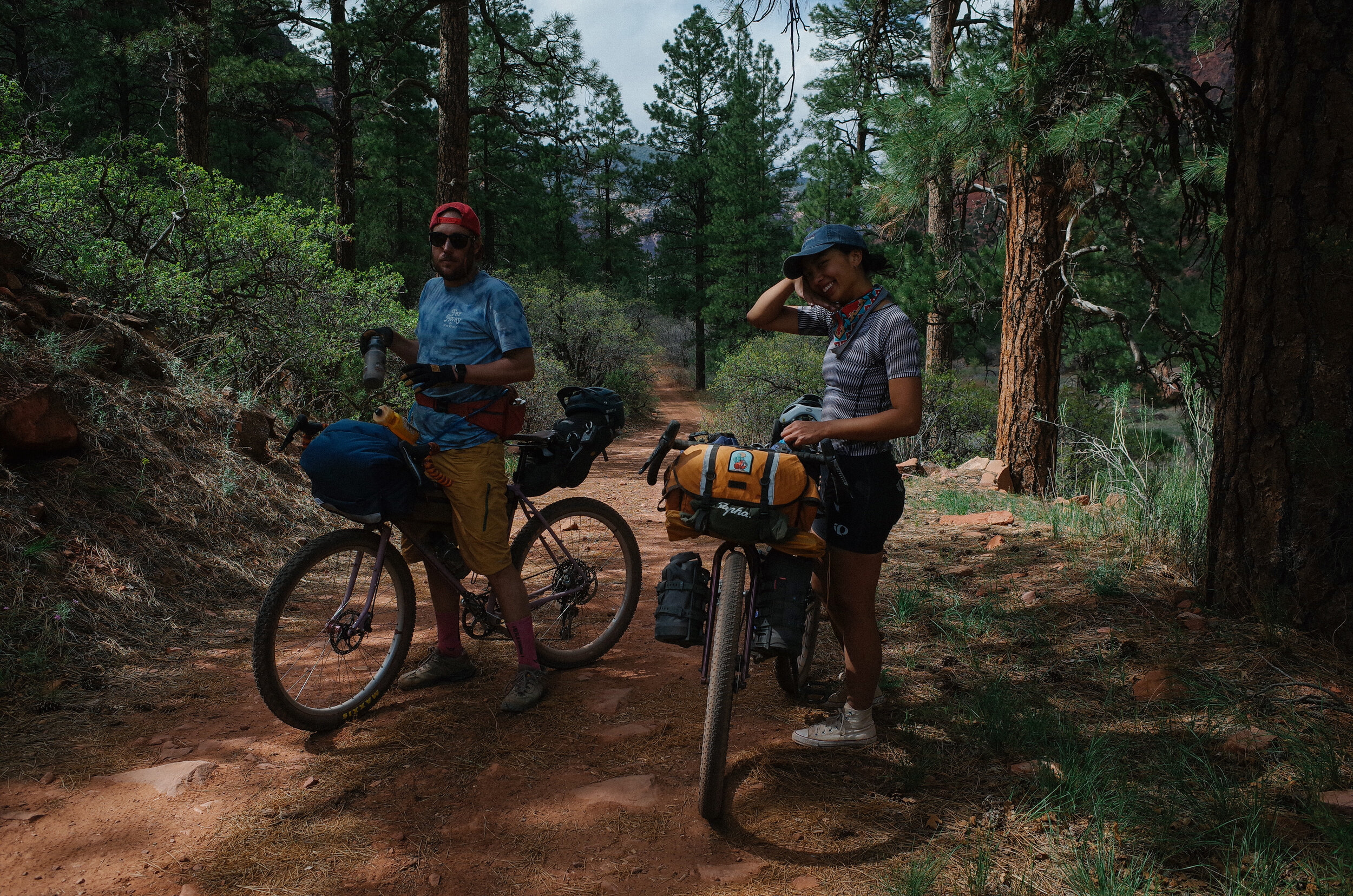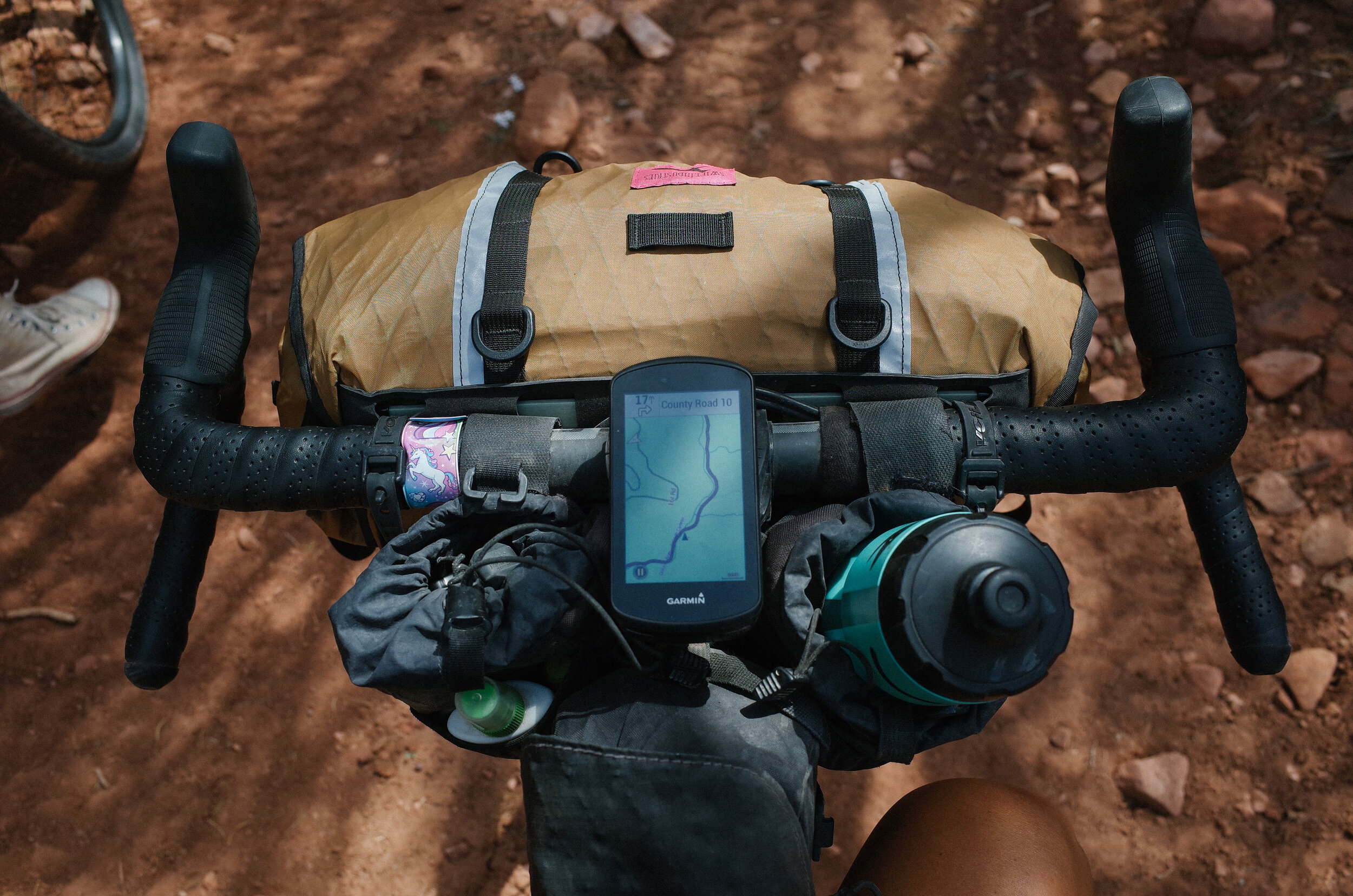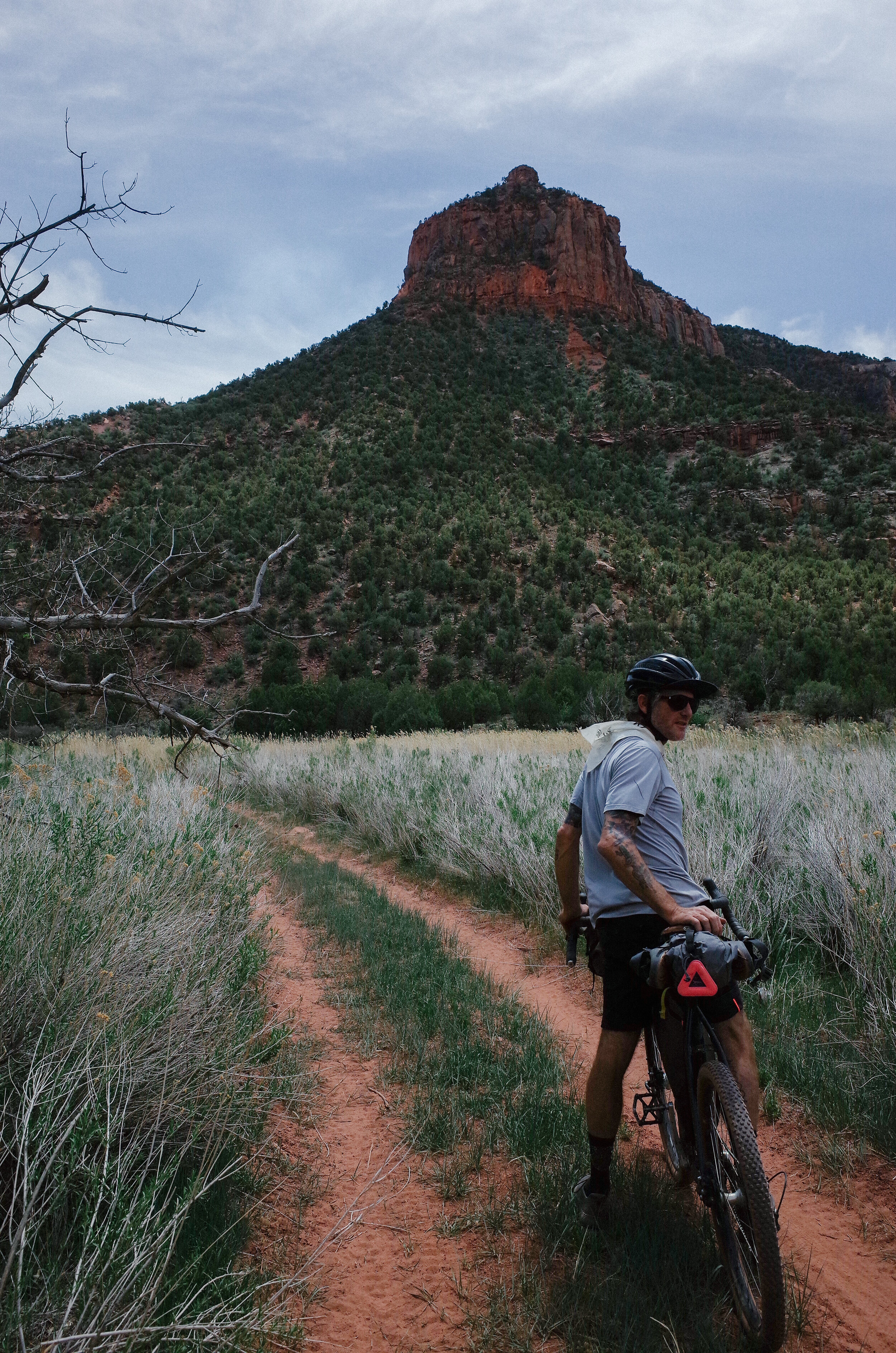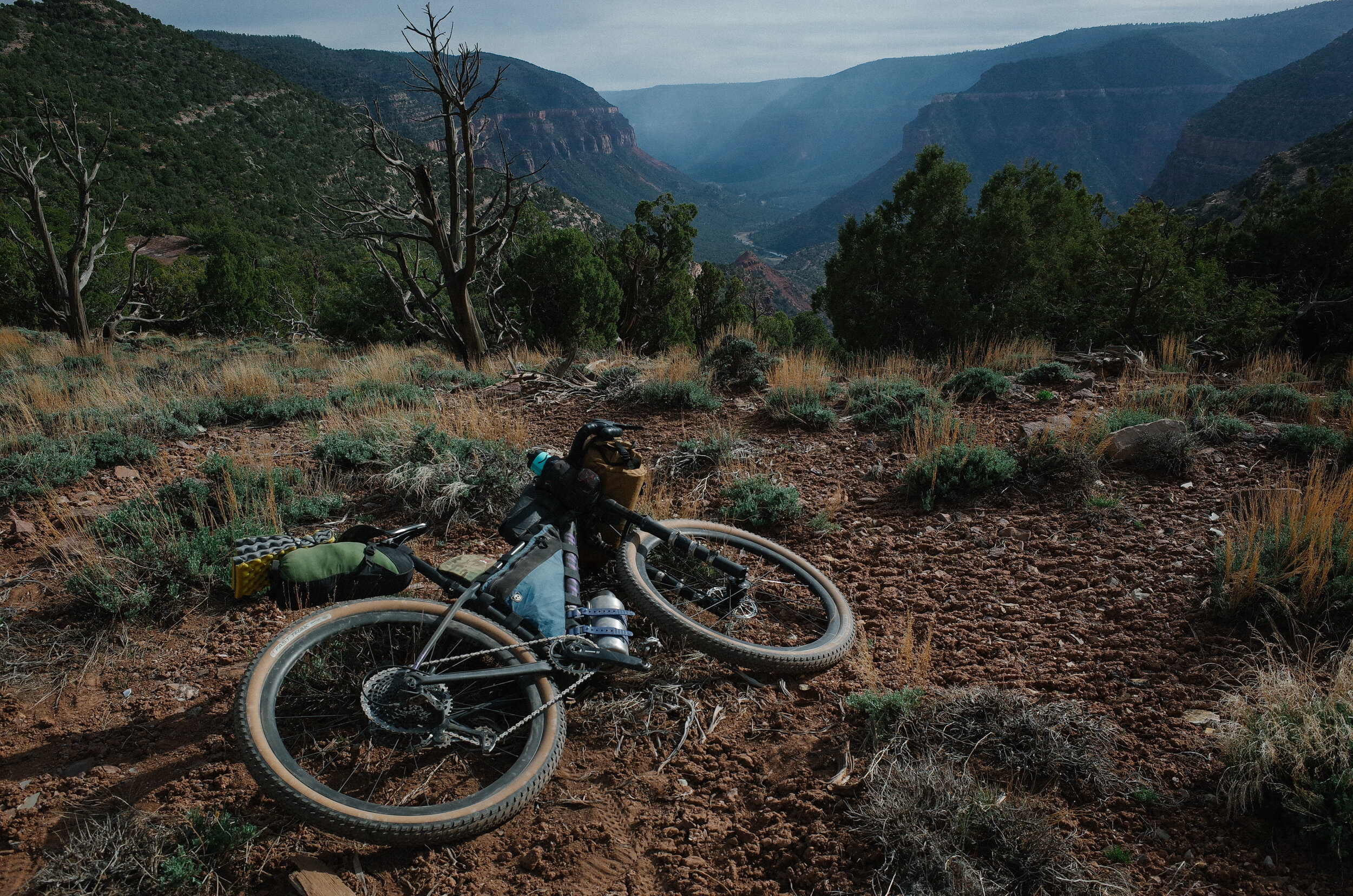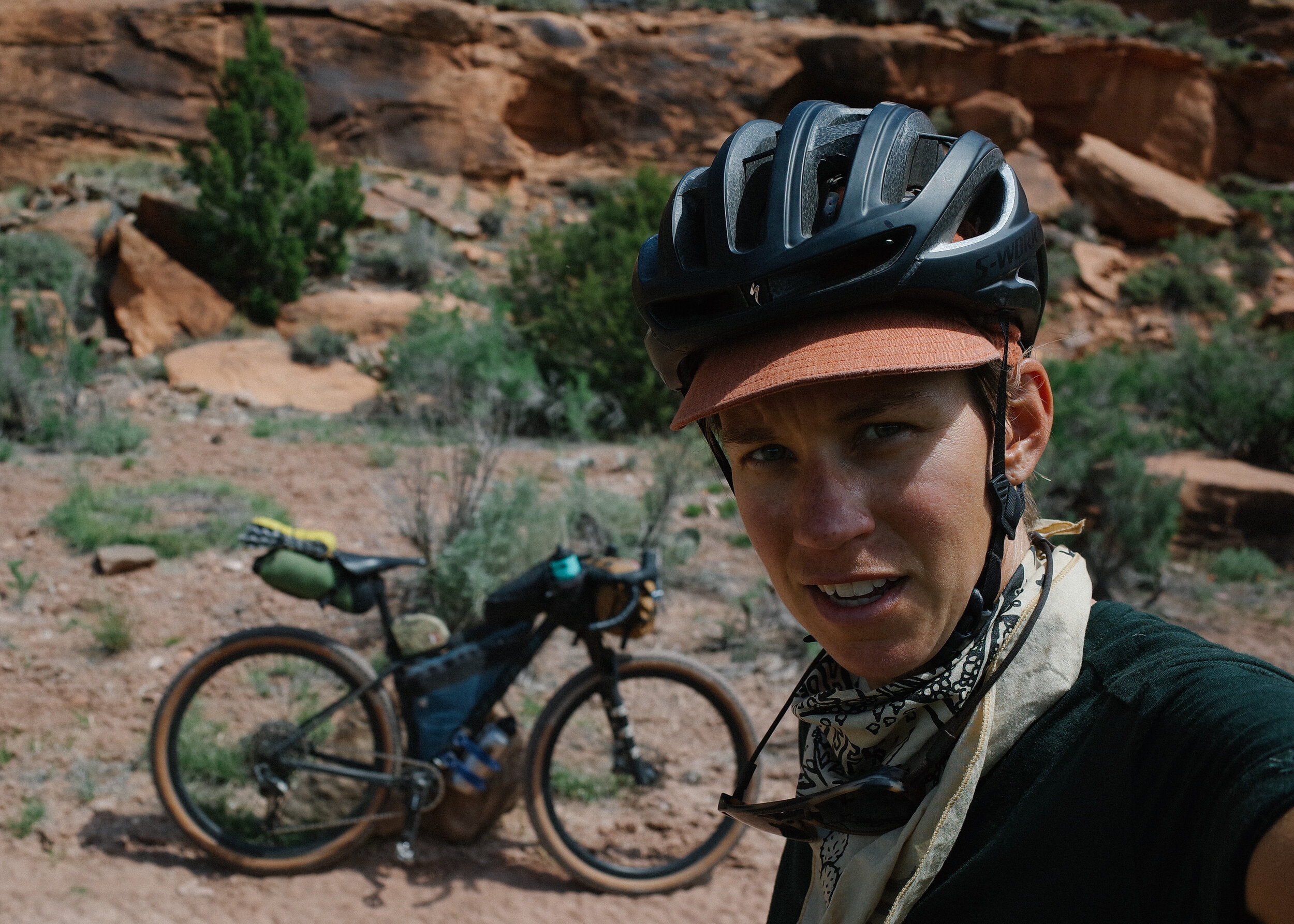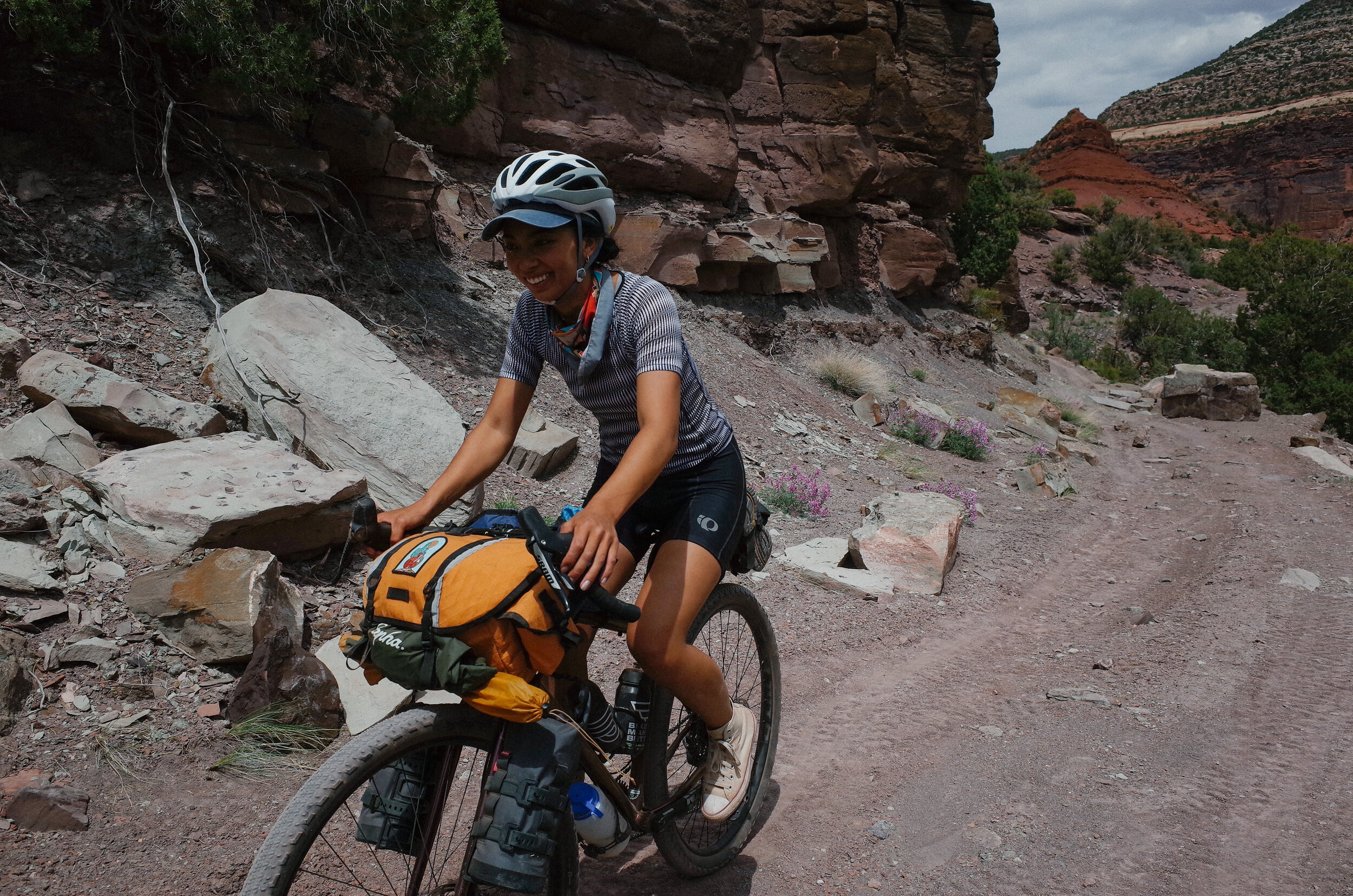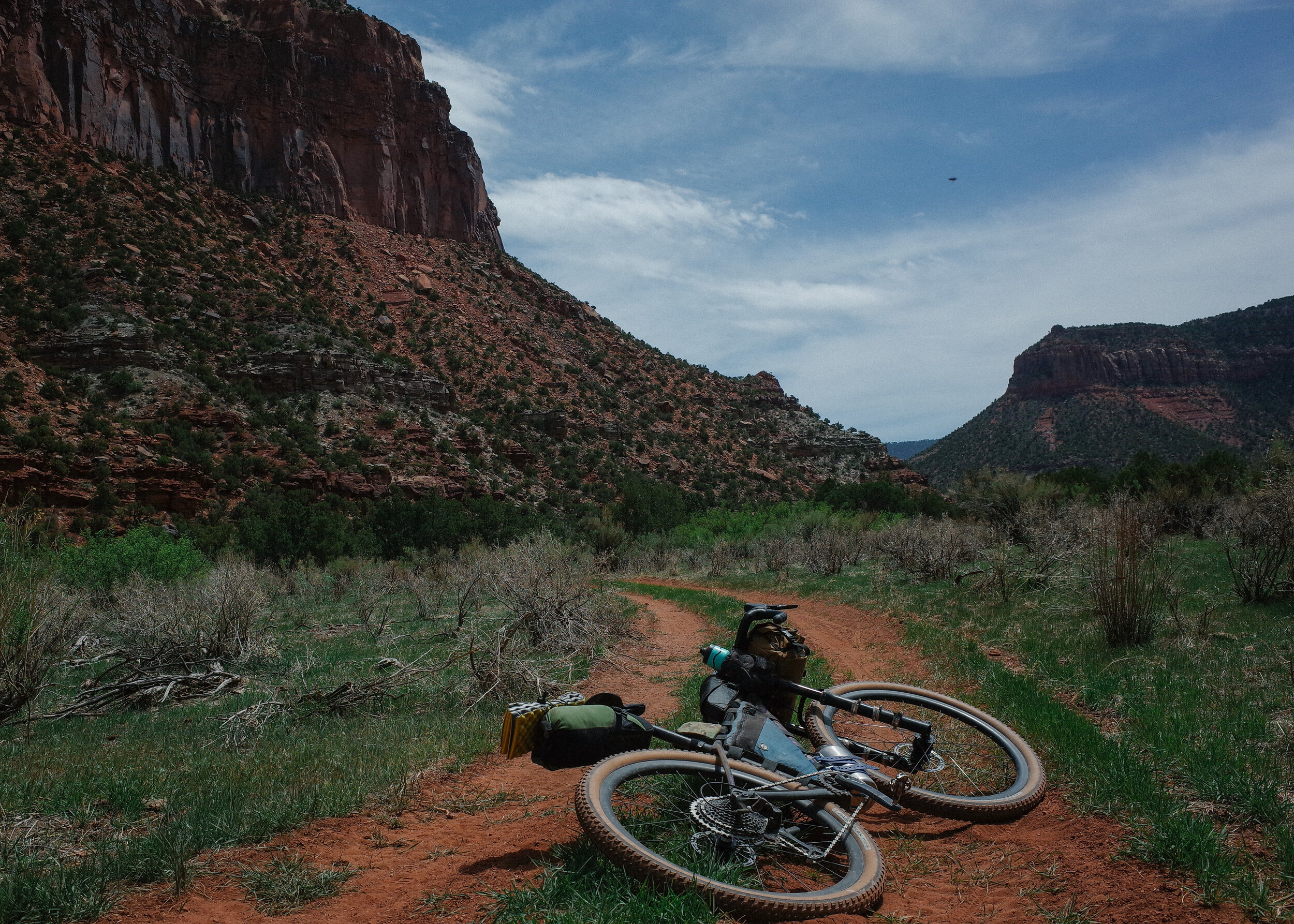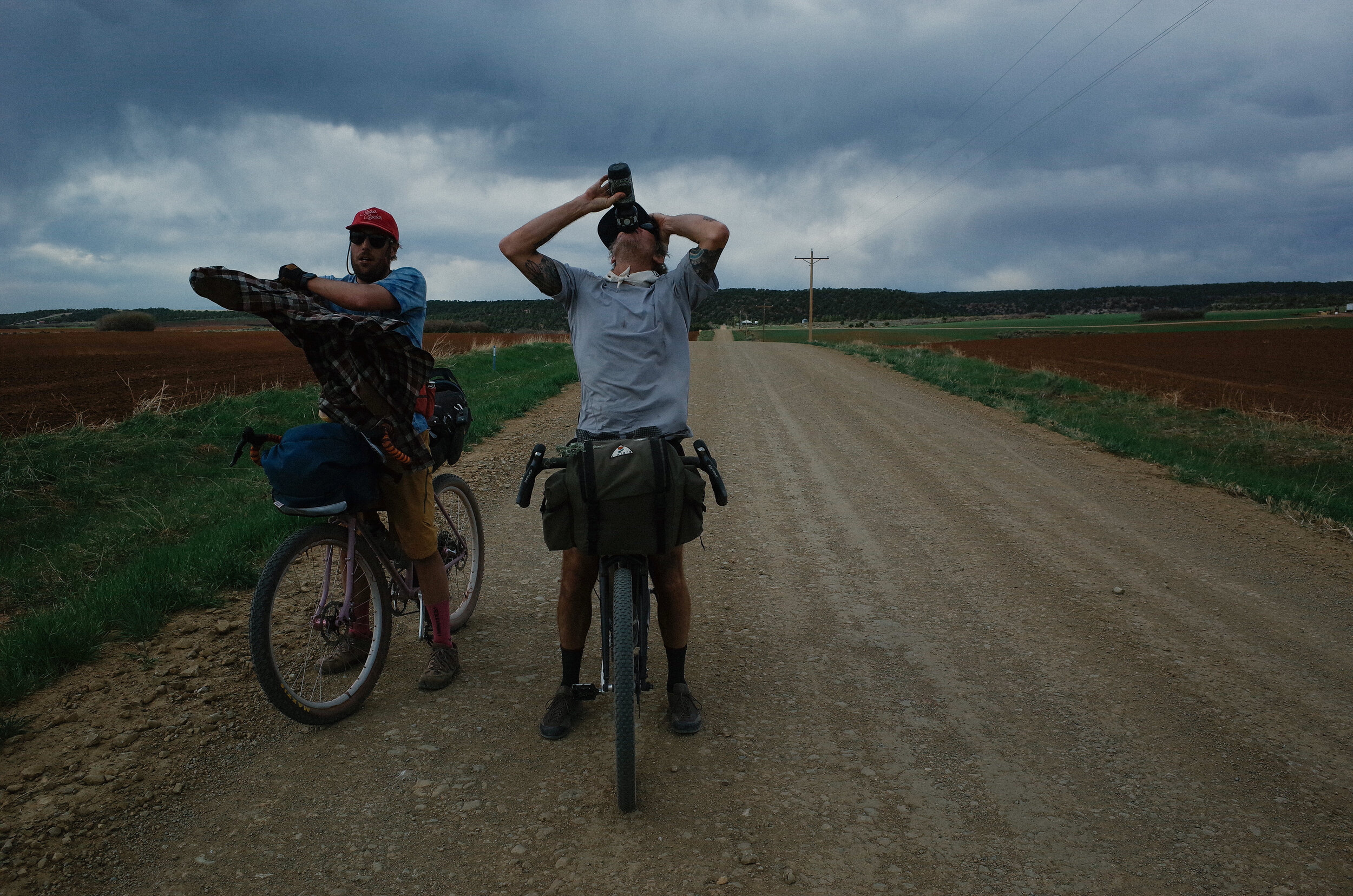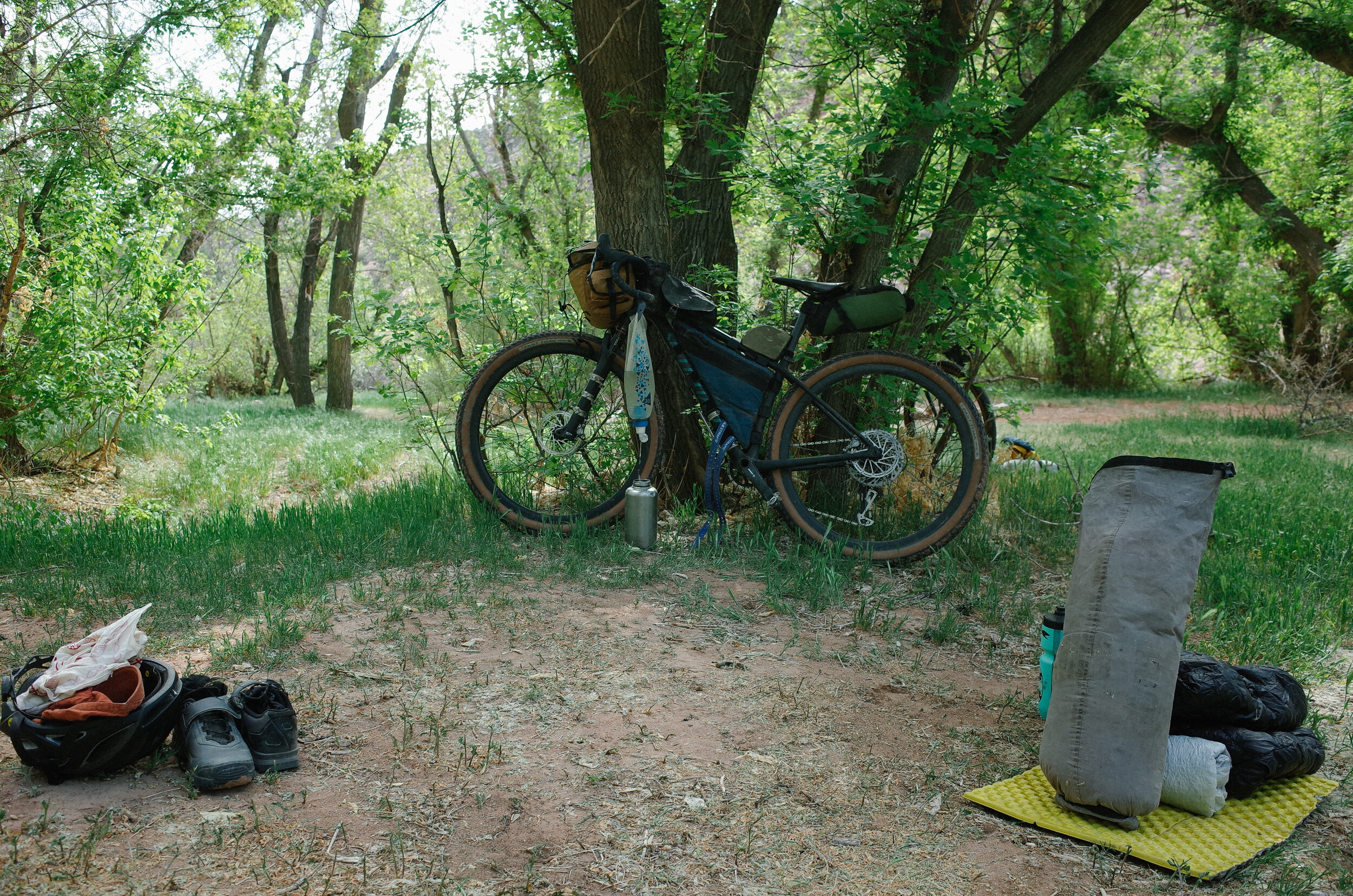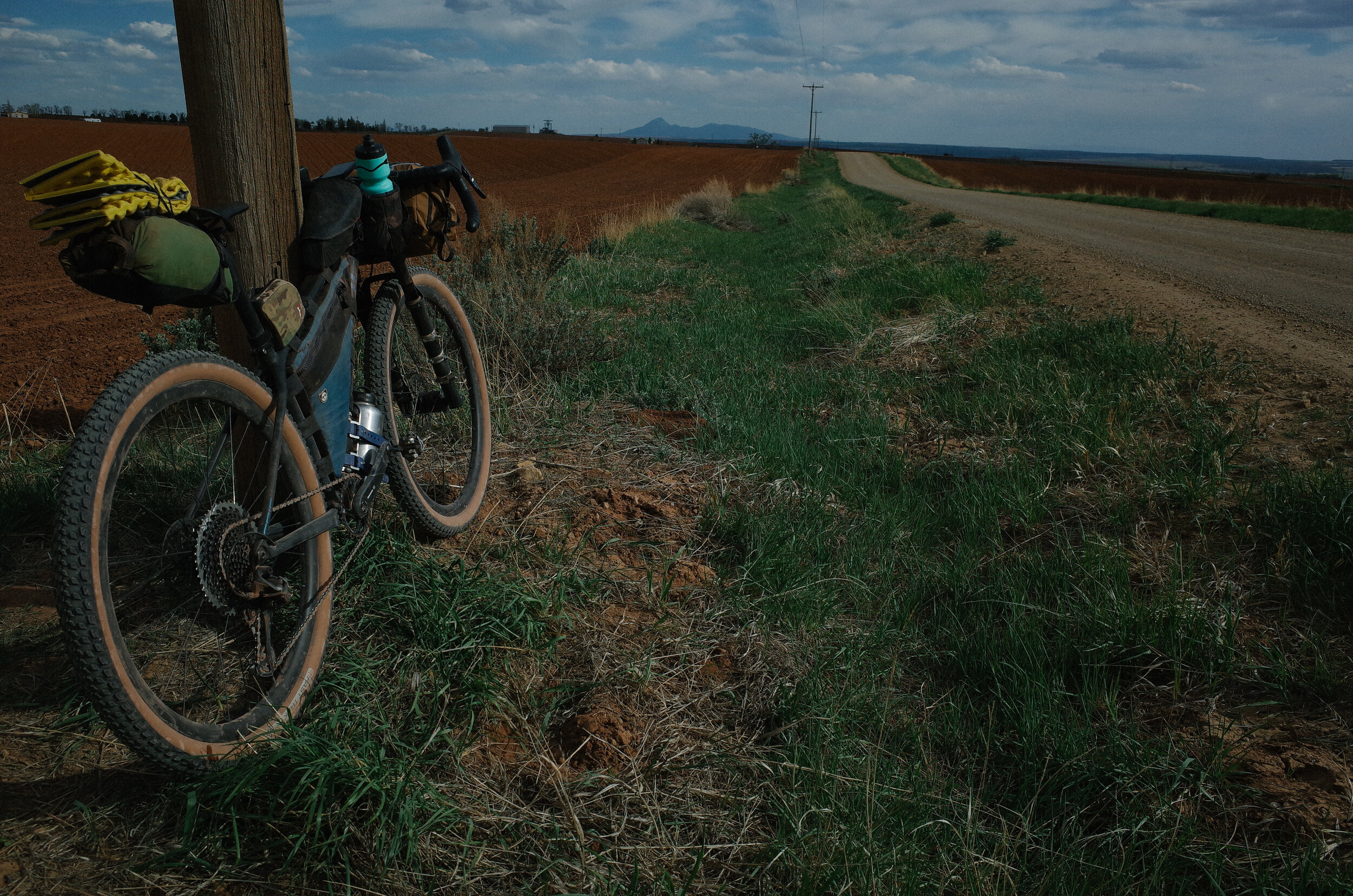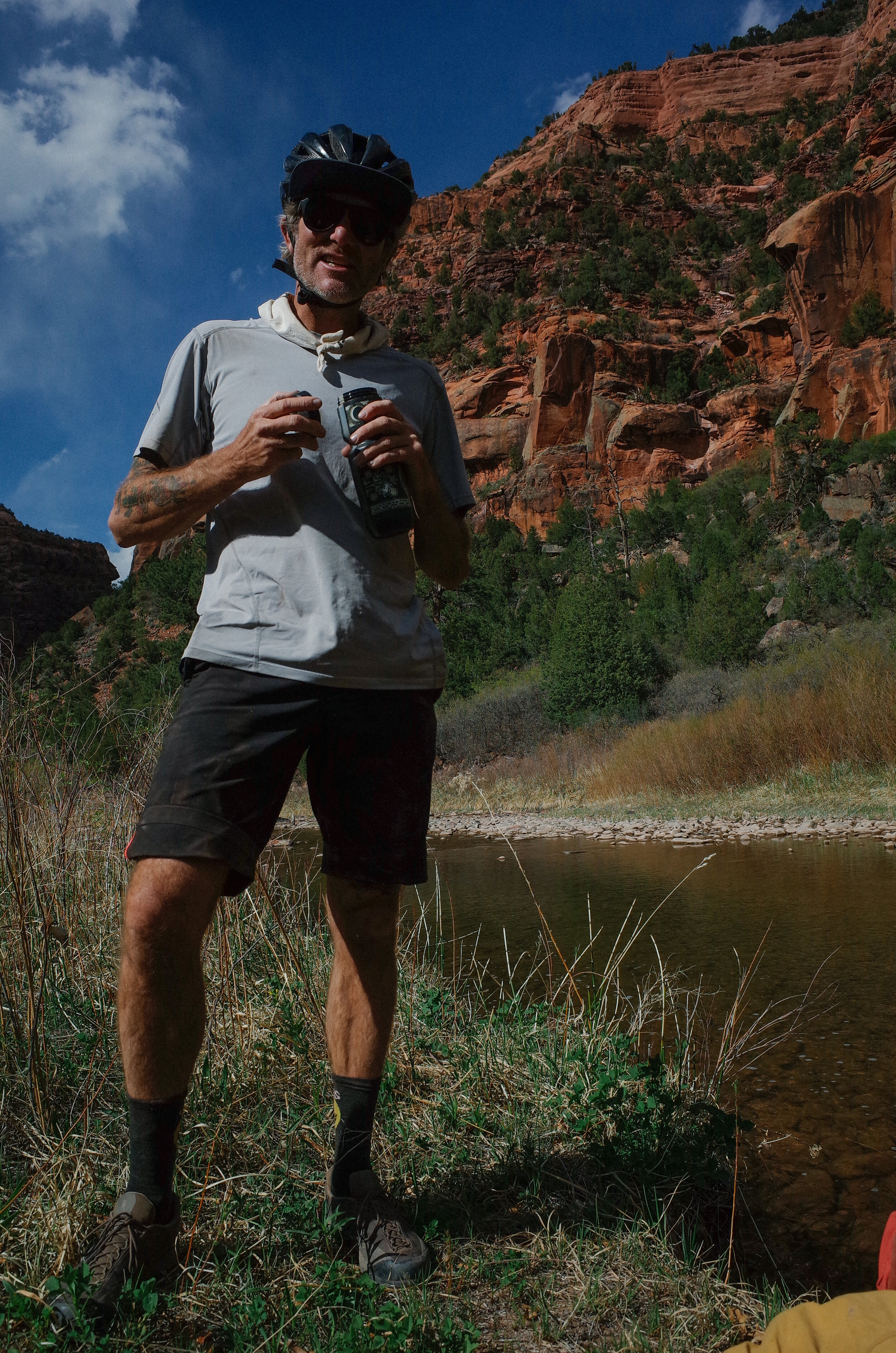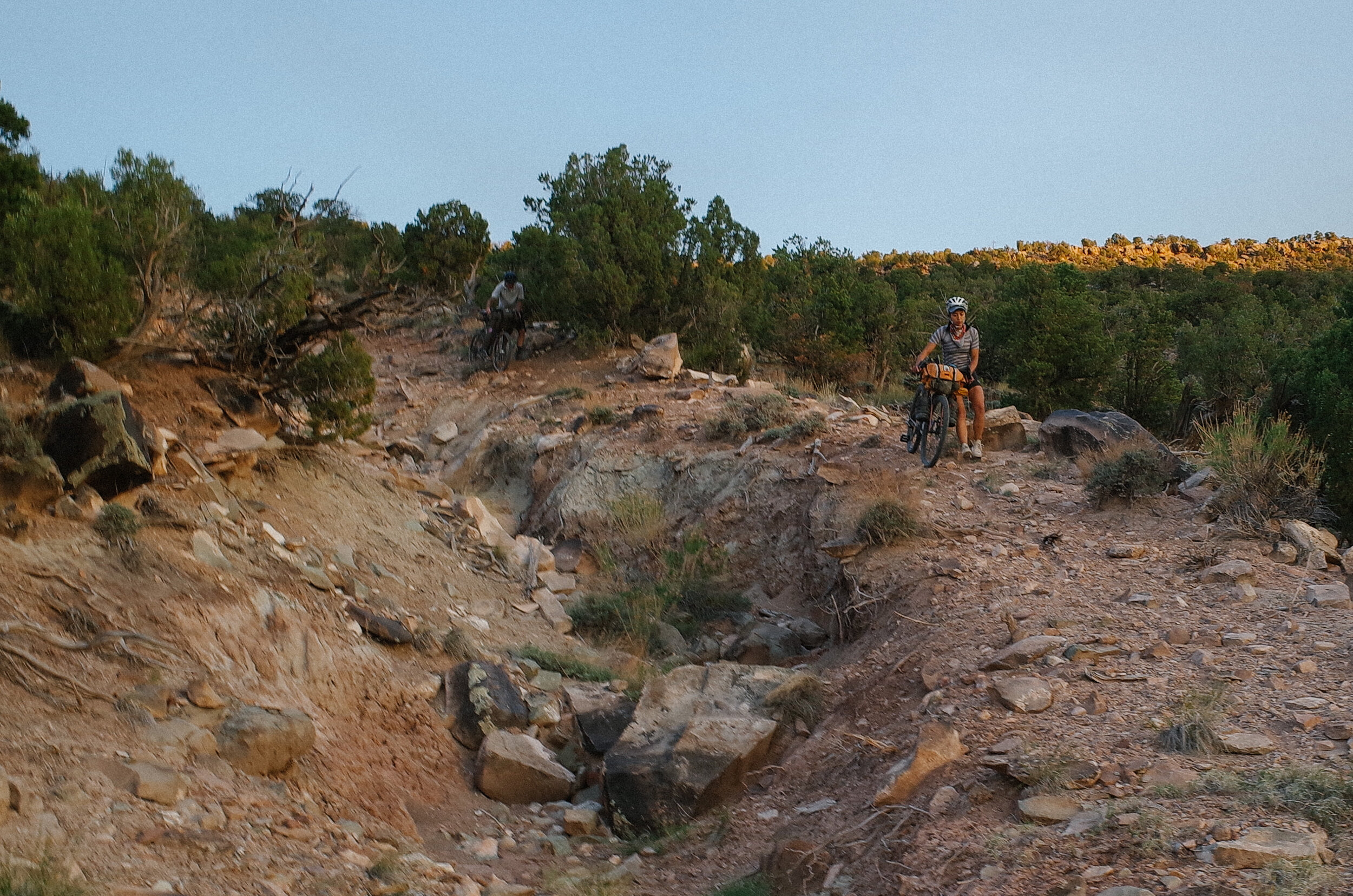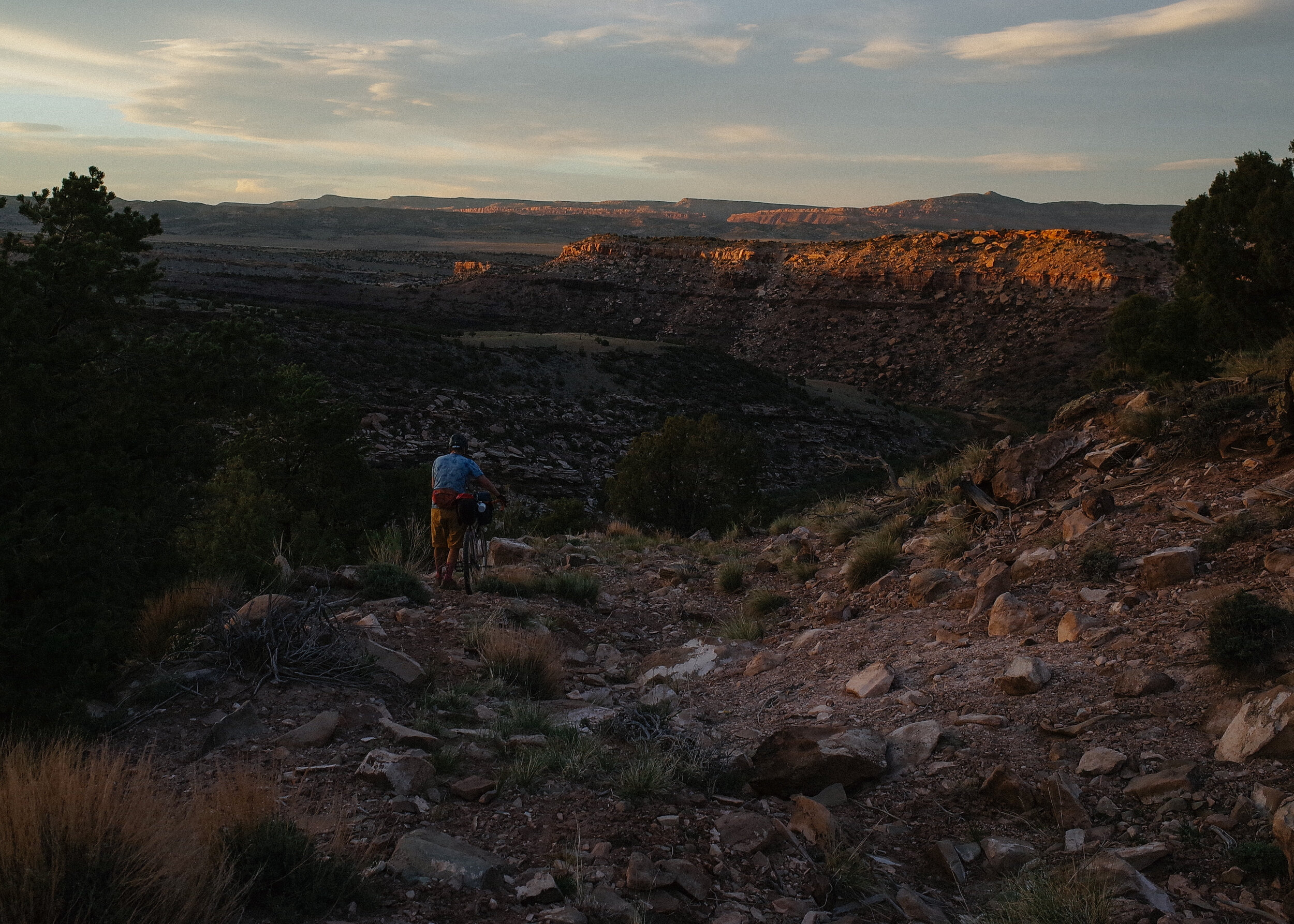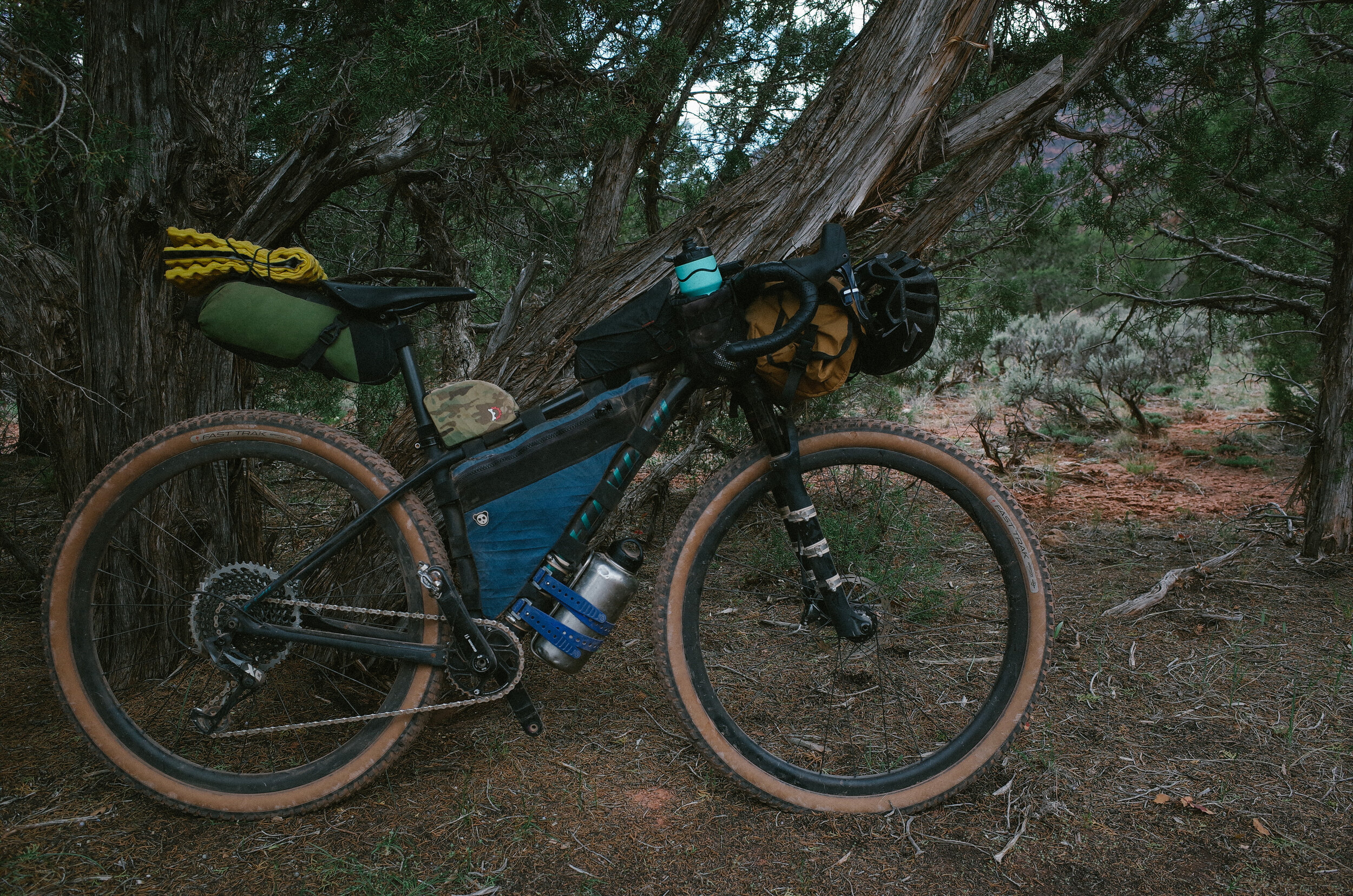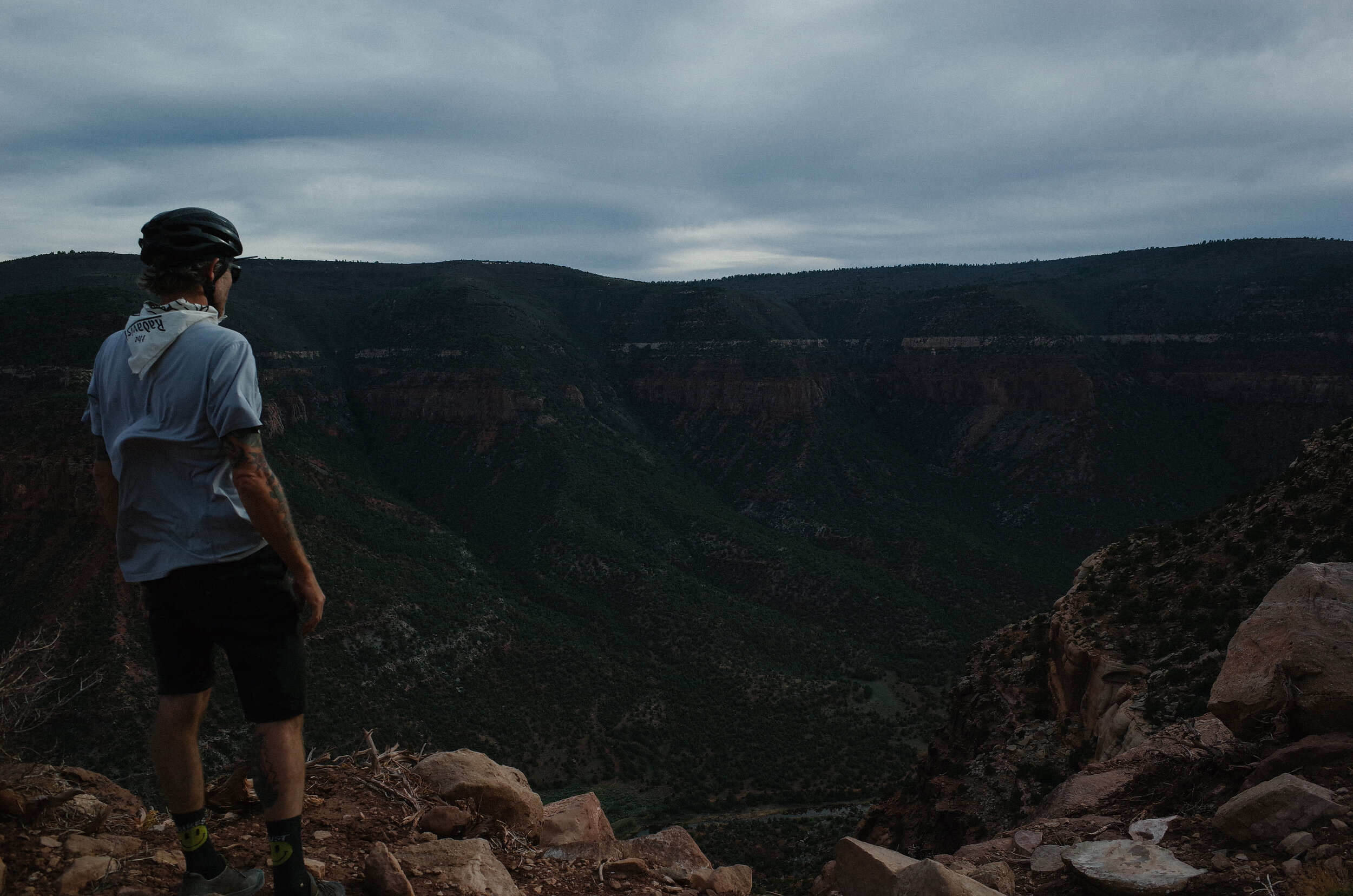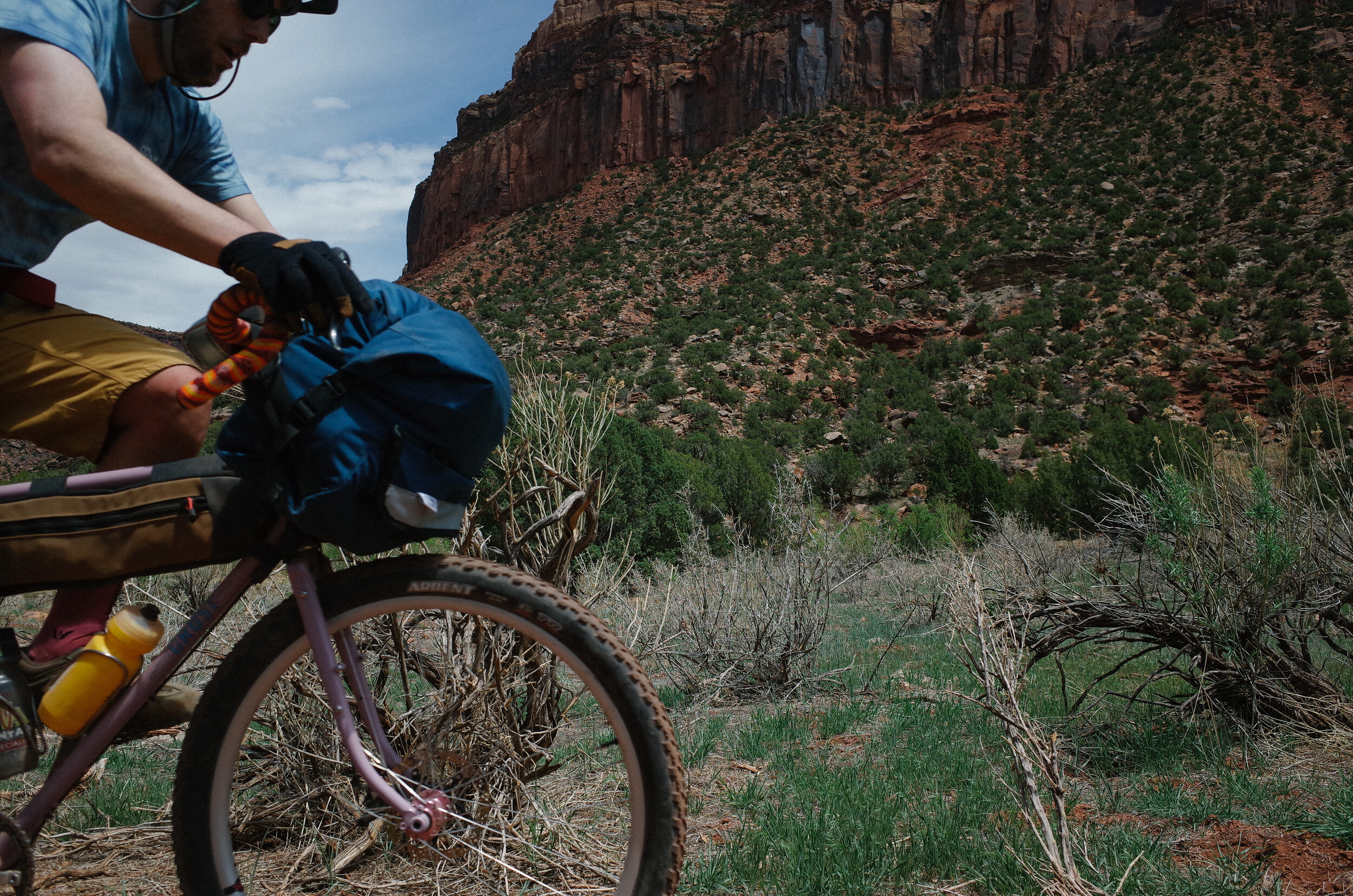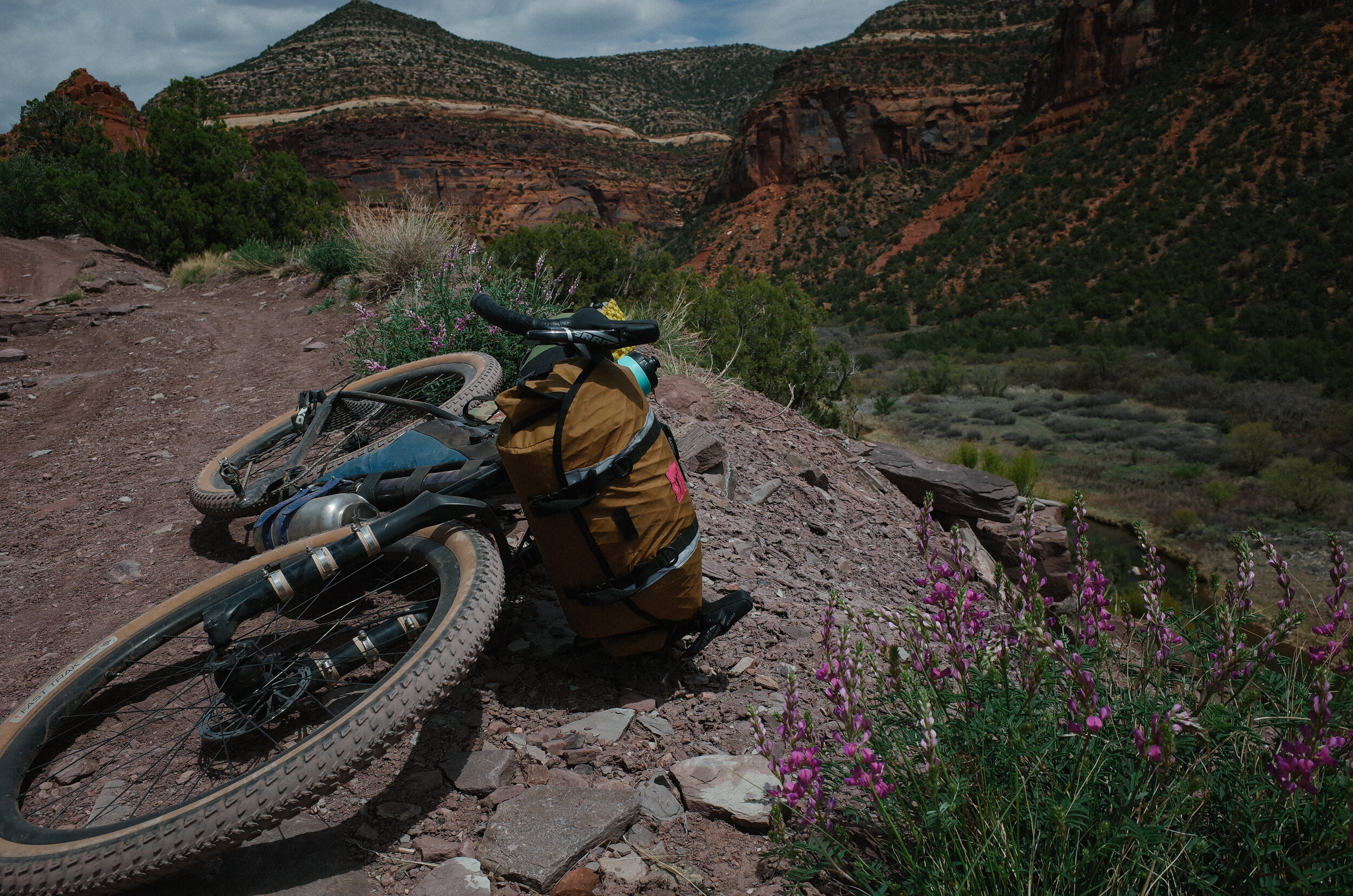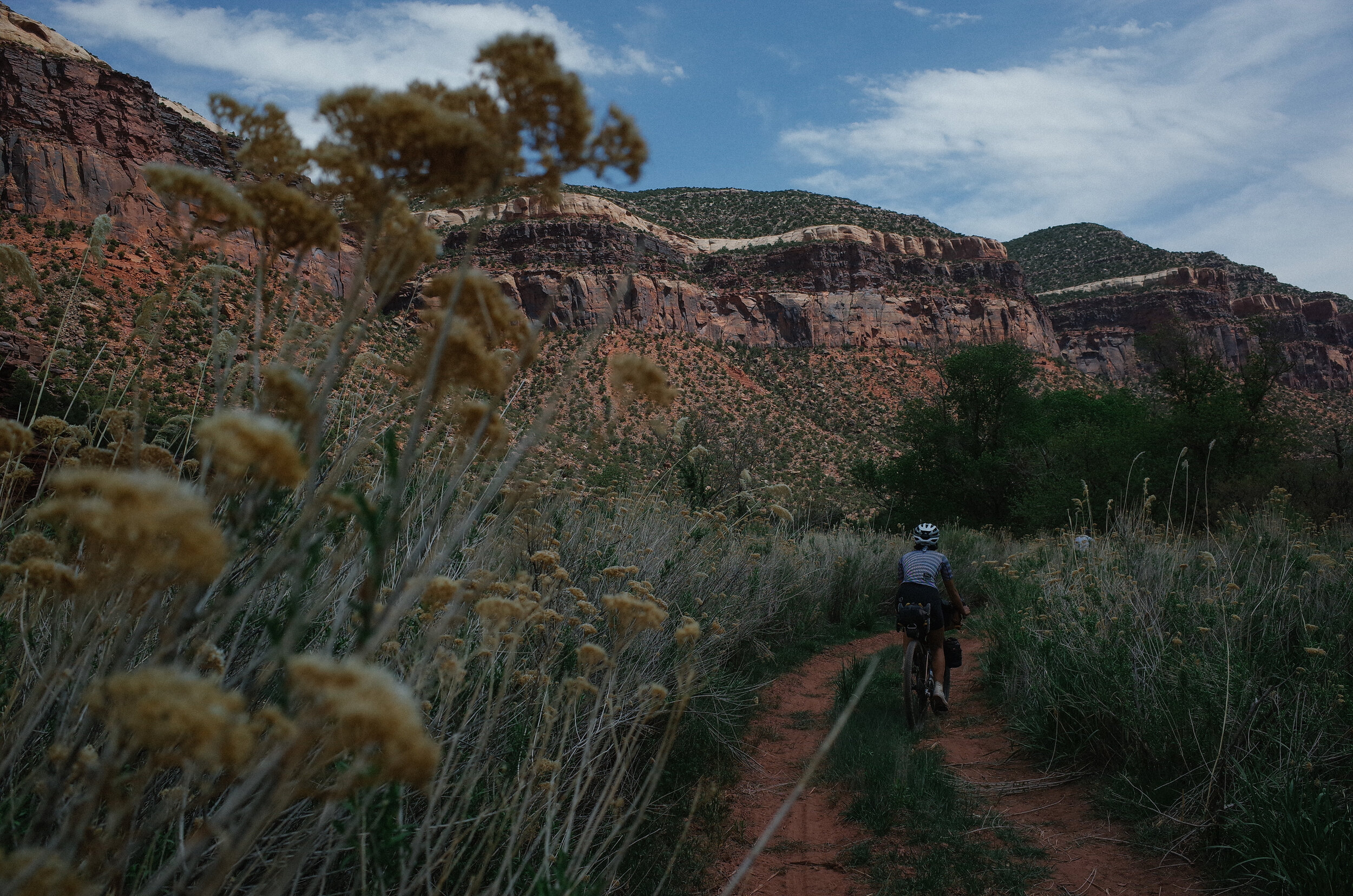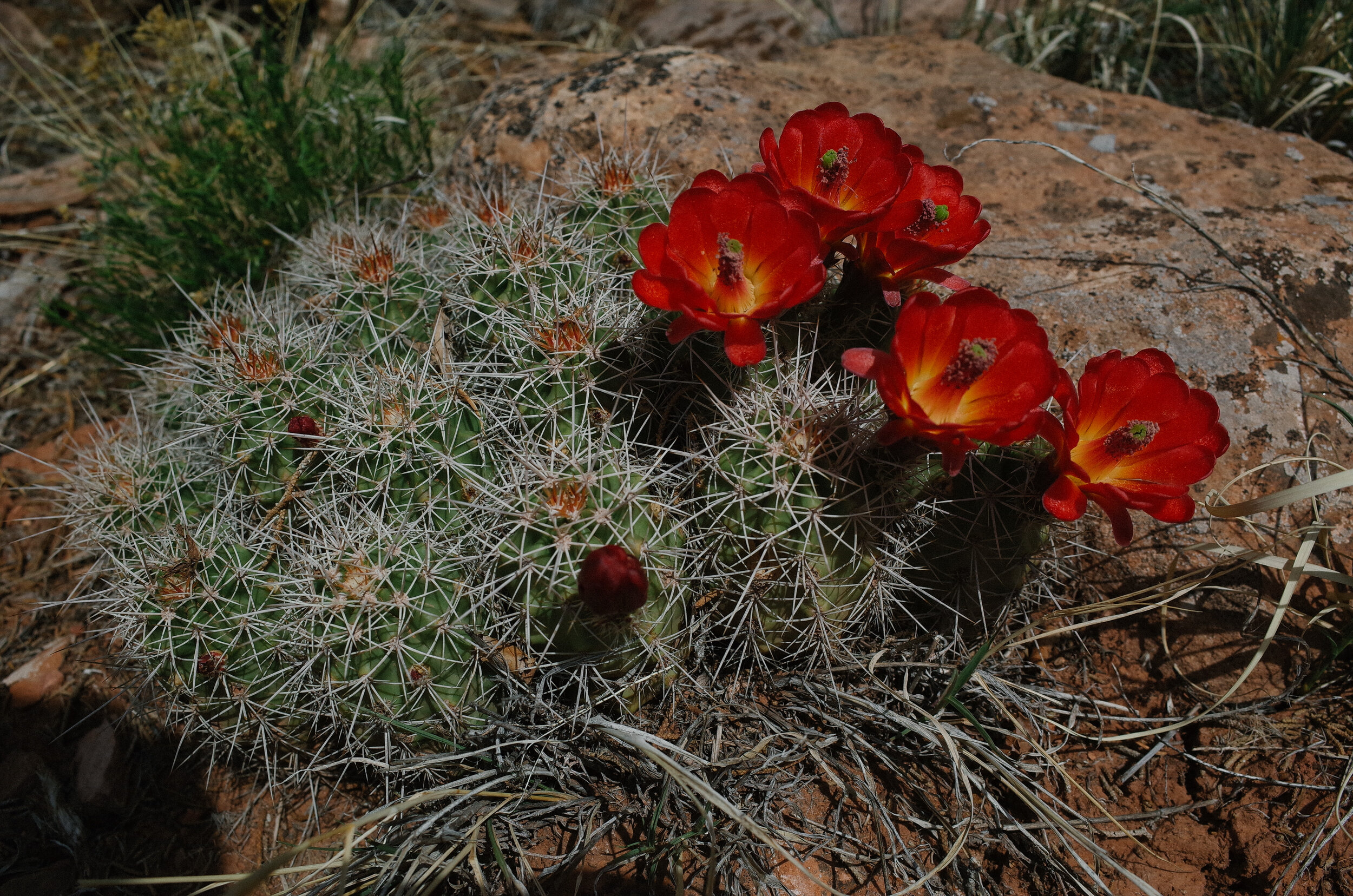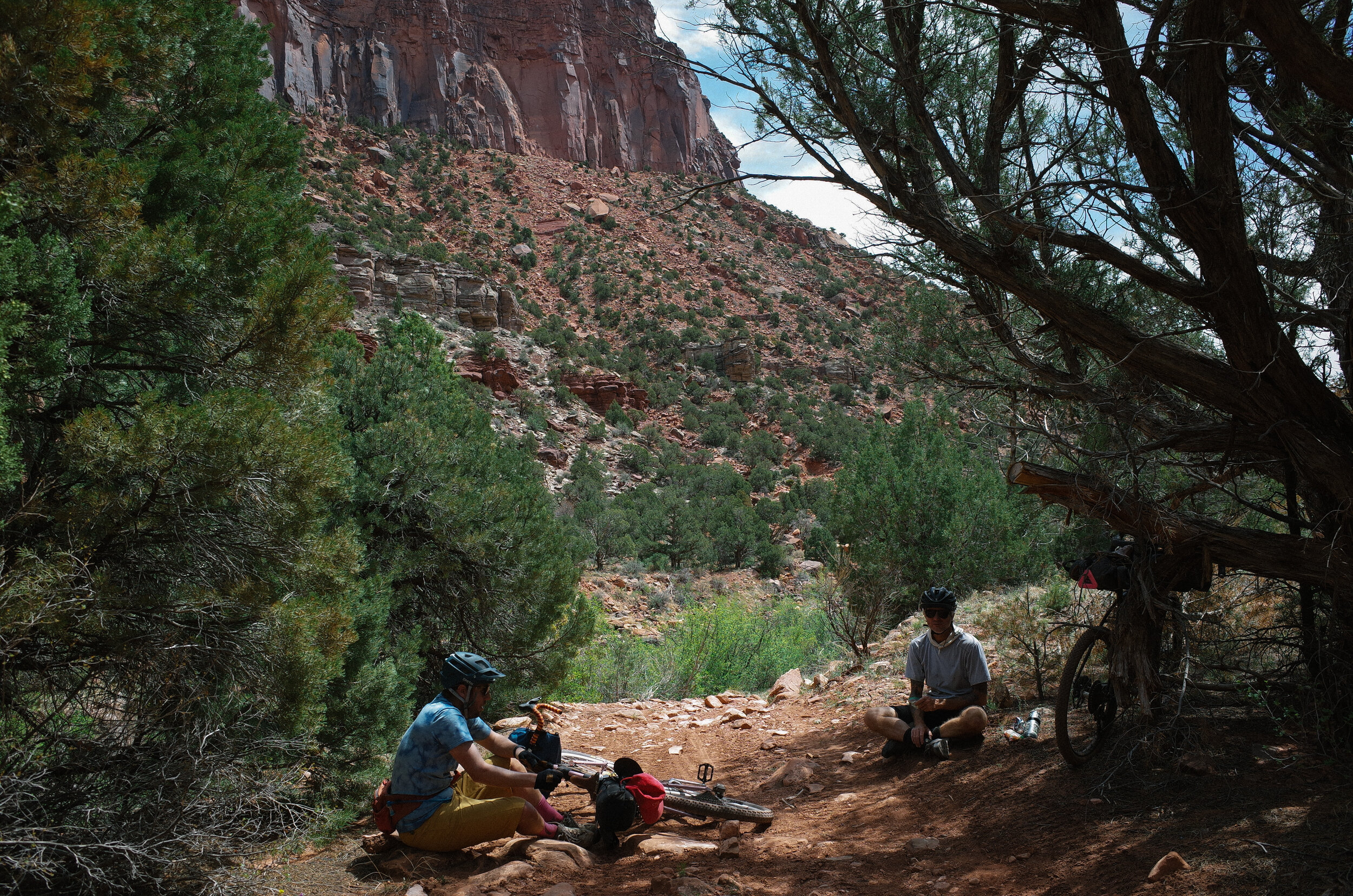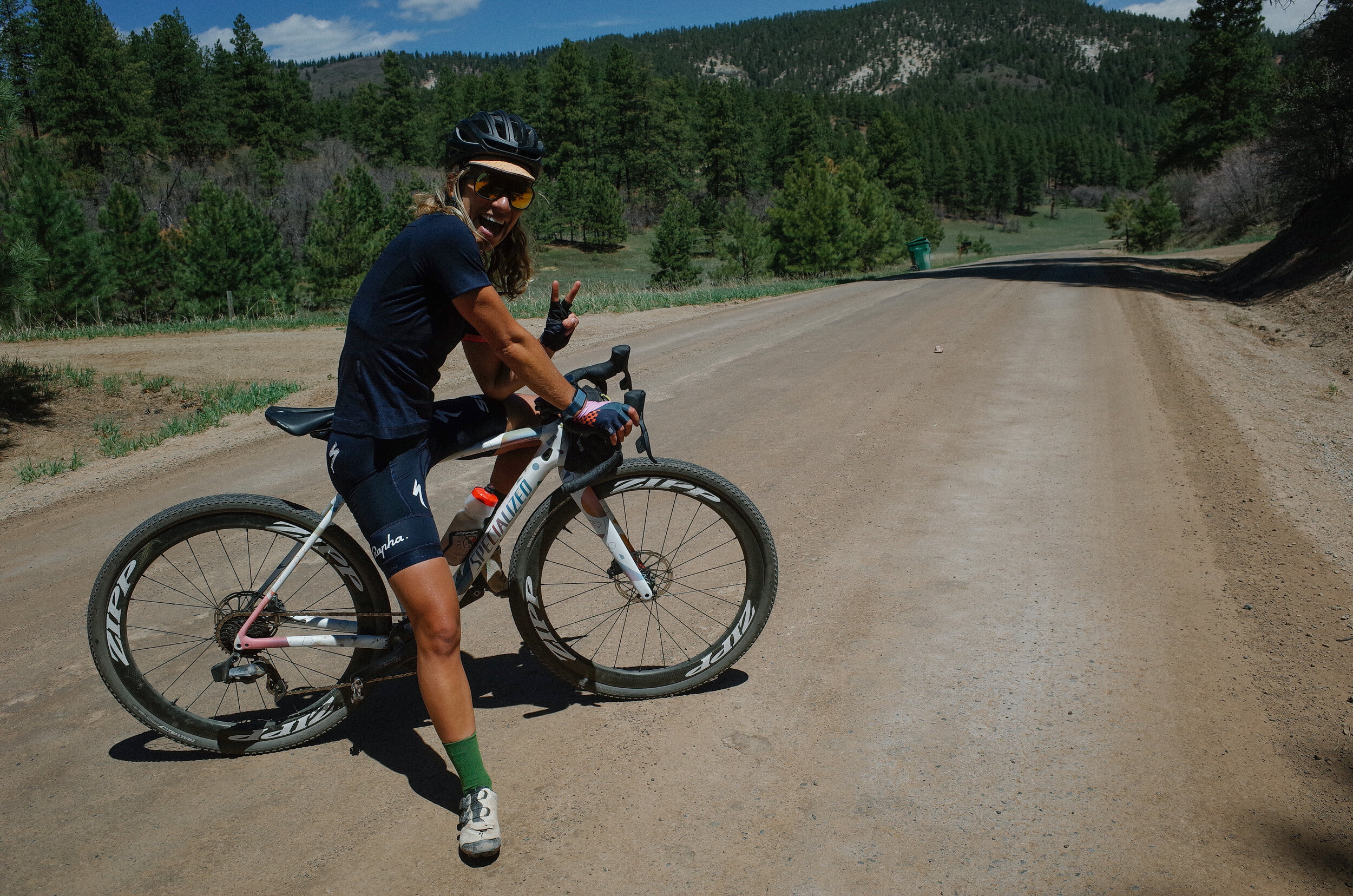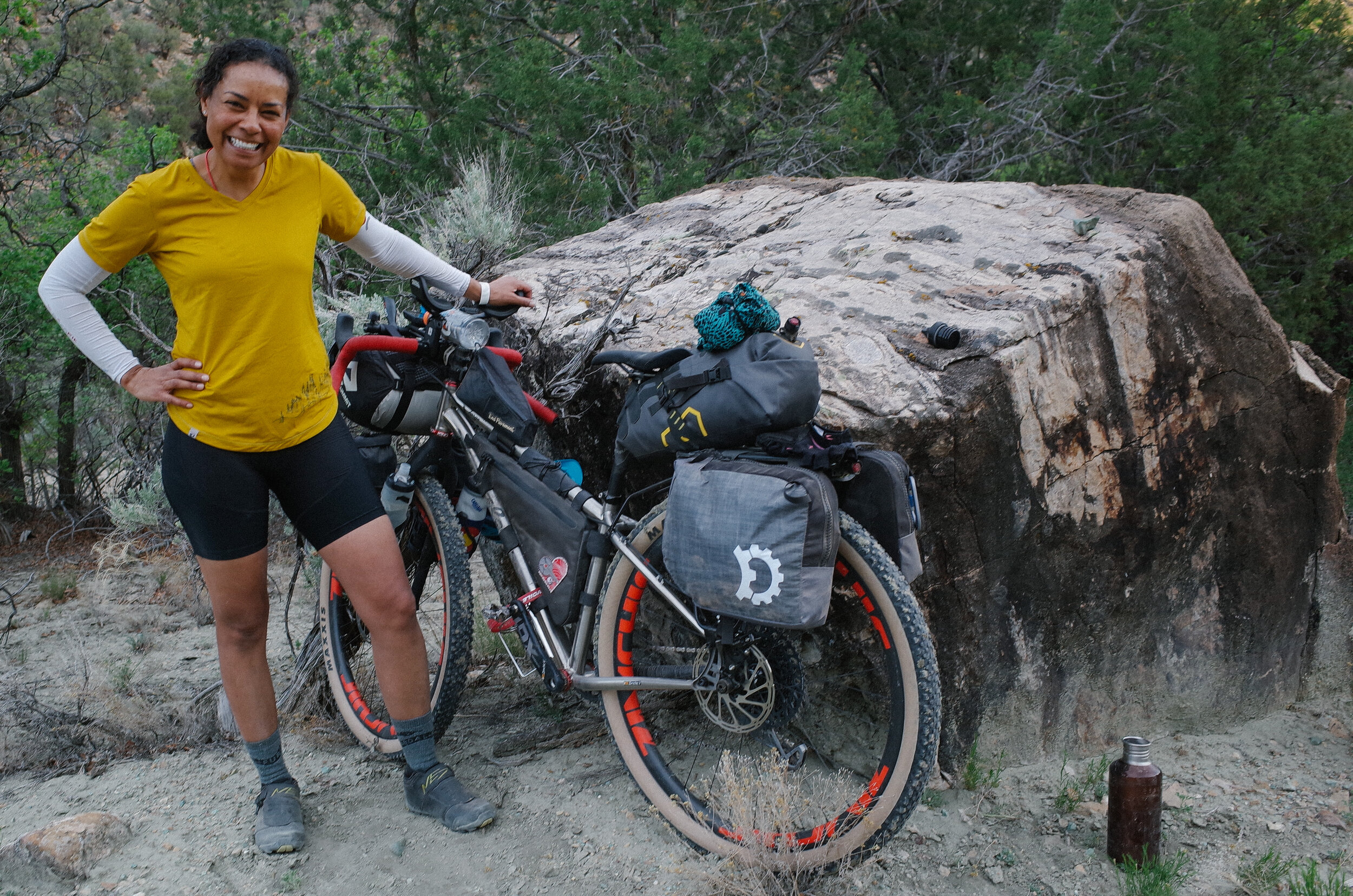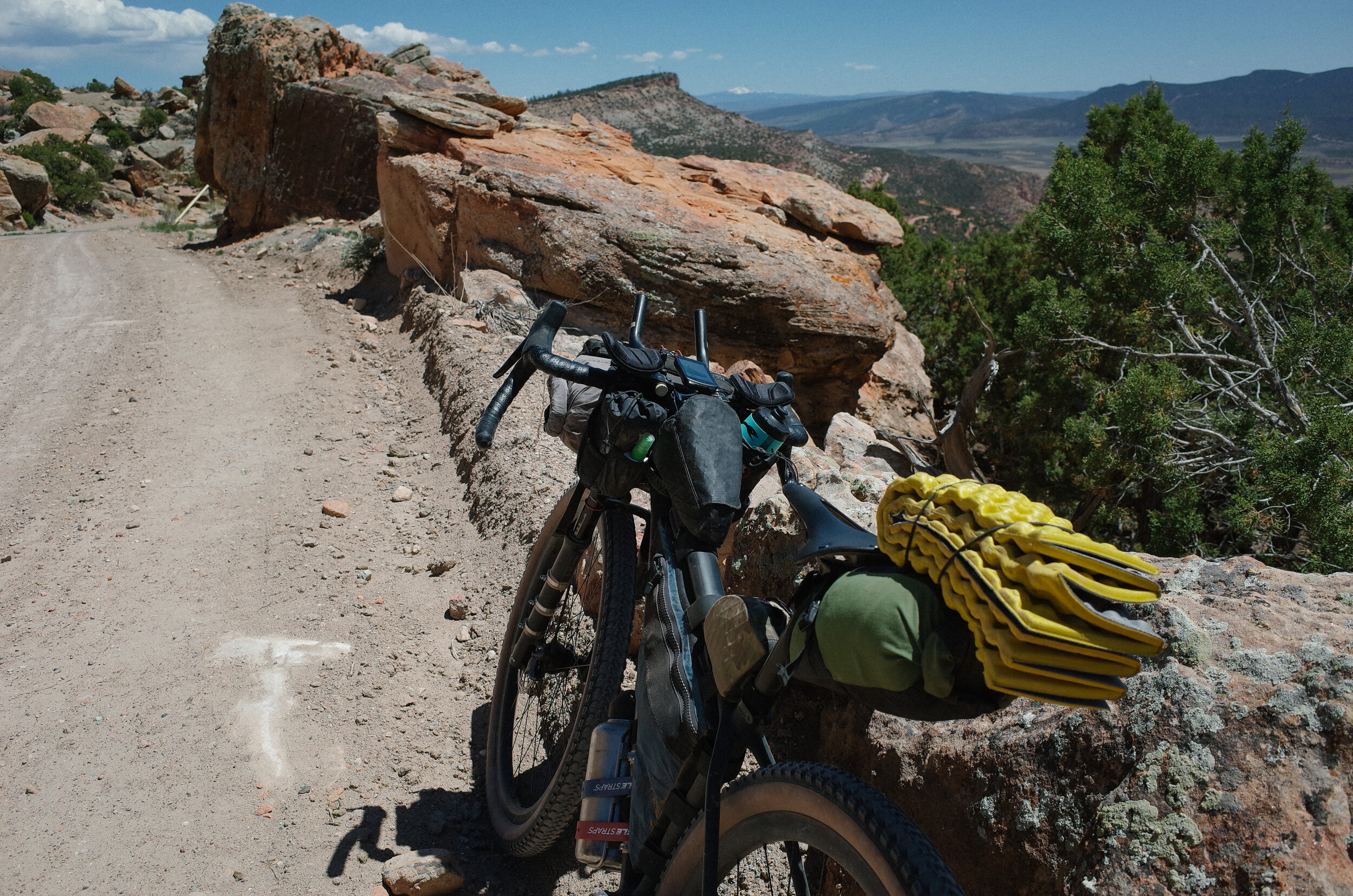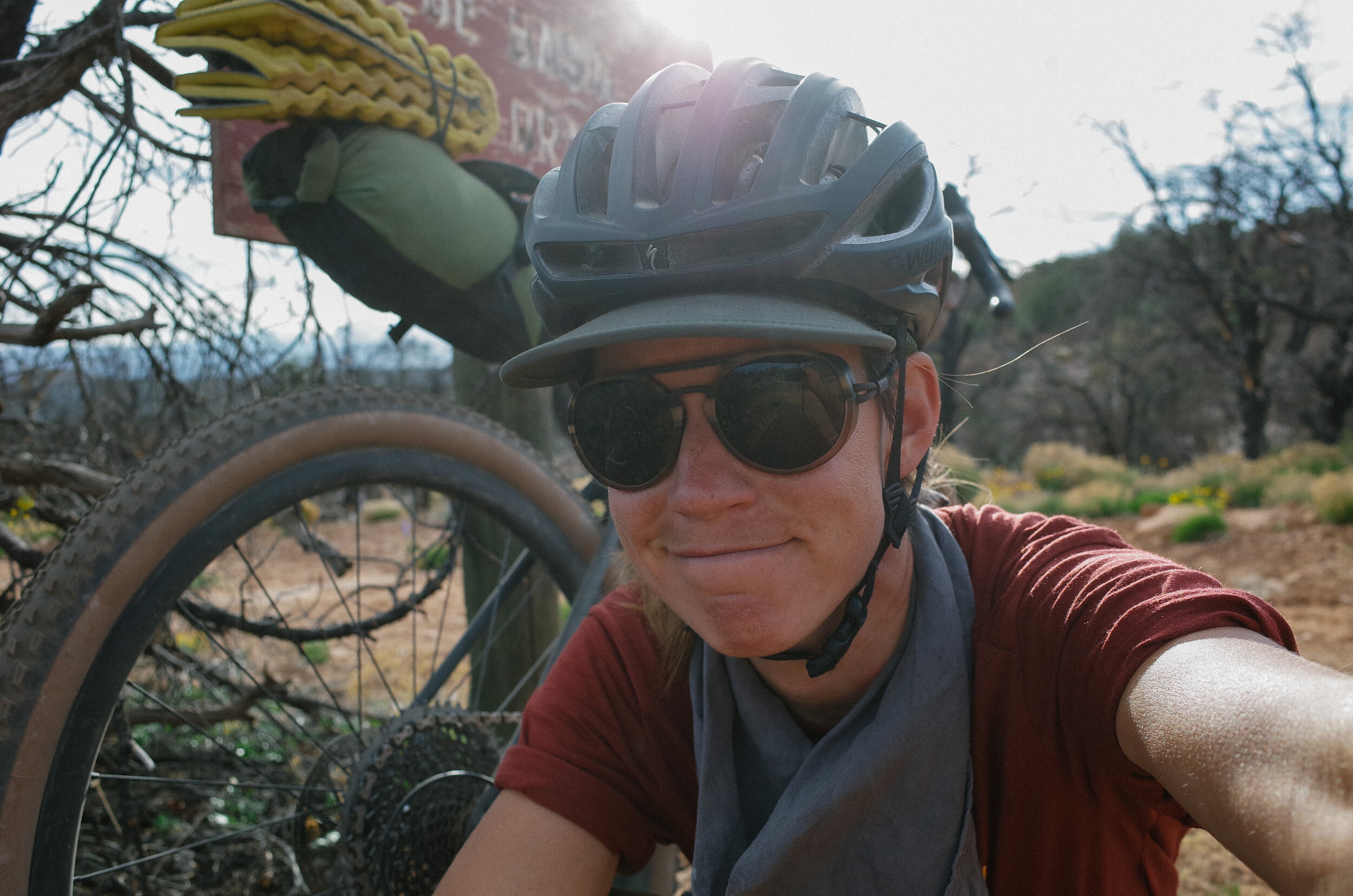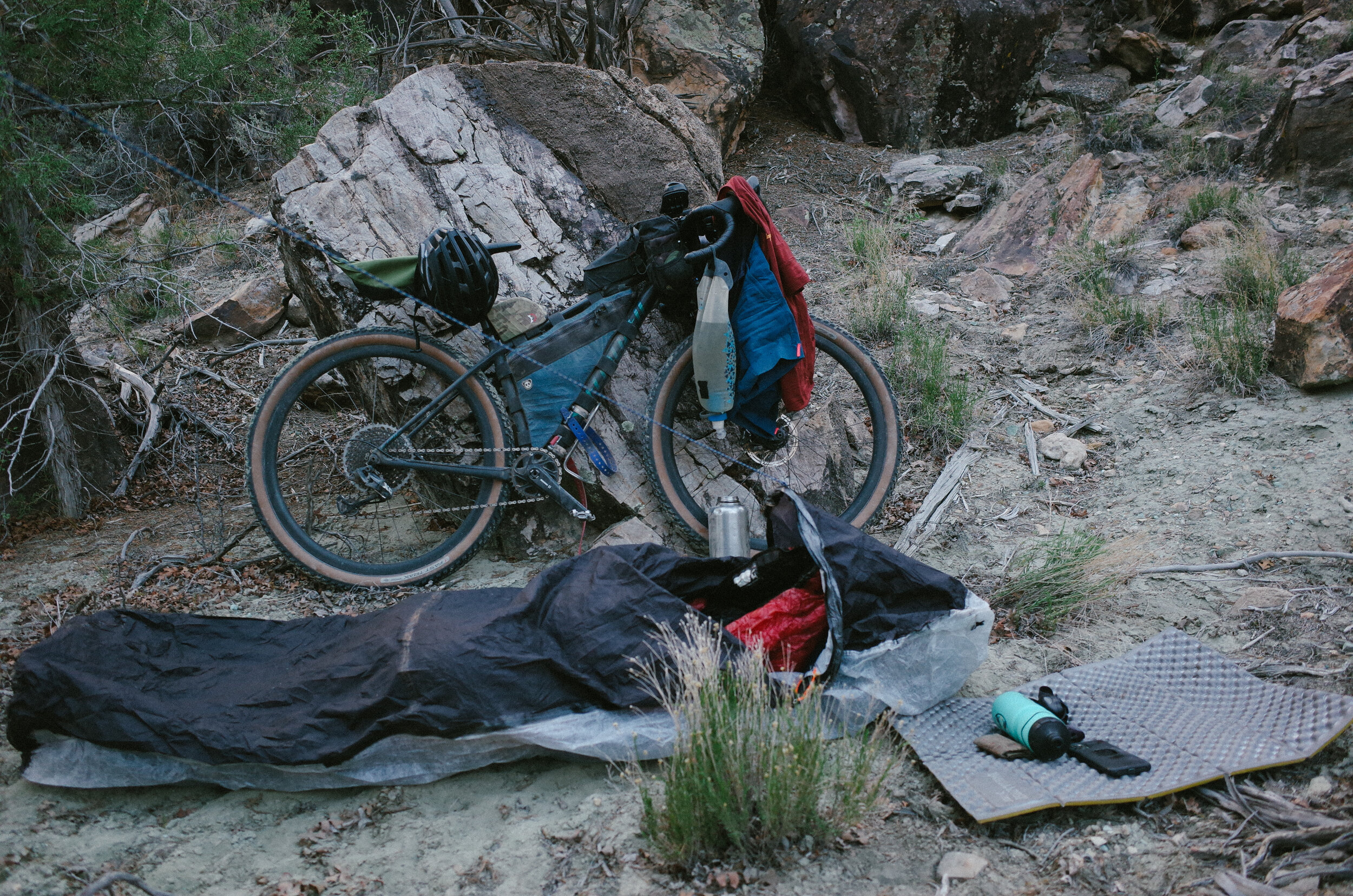I committed to doing the Tour Divide on March 7, 2021. Before my decision, it was in the back of my mind to consider because my friend, Arya, had committed to doing it. With Covid still in the air, my perspective of traveling in poorer countries in flux, and Adam, my primary adventure companion in school full-time, it finally seemed like an optimal time to take on the Tour Divide. As I write this, I am wrapping up only my fourth week of focused physical and mental preparation. I spent the first month converting my bike, figuring out most of my gear choices, wrapping up projects at the Ranch, saying goodbye to my Arizona friends, moving back to Durango, and taking a week-long Wilderness First Responders course. As I look back to my free-as-a-bird lifestyle down at the Research Ranch this winter, my only regret is that I had not used more of my time there to start this whole preparation process then. But I don't regret having had the time to replenish myself, for, without it, I likely would not have had the capacity to consider taking on such a significant challenge.
The Tour Divide will likely start at the U.S. Canada border this year in Roseville, Montana, which means instead of being a 2,667-mile course with 152,000 ft of climbing, the route I'll be riding will be 2,400-miles with 133,000 ft of climbing. Having done the Canada section of the Great Divide Mountain Bike Route (GDMBR) twice in the last five years, I like the idea of getting closer to places I have not yet ridden, sooner rather than later. Don't get me wrong. I am also counting every single mile and foot of elevation gain to help me finish before my allotted time frame of thirty-two days. I have created this specific allotment because that is the amount of time I feel like I can commit to this goal. I am registered for The Rift in Iceland on July 24, a 140-mile single-day gravel race. I will be traveling there with my sister, Margaret, the week before the race. It will be our first time getting to travel together, and I cannot wait. Thirty-two days allows me to have a week of recovery between wrapping up the Tour Divide and traveling to Iceland. It's not much time to recover and also train at an anaerobic level to be competitive at The Rift. While I would always like to do the best that I can and see where I end up, I am more motivated to do The Rift because the route looks so cool, and I might even get to see an active volcano (a first for me).
Let's get mathematical for a second. 2,400-miles with 133,000 ft over thirty-two days is an average of 75-miles per day and 4,200 ft of elevation gain on a loaded bicycle. That is a limit that feels very doable for me at this point in my preparation. I will be pushing myself toward finishing in twenty-four days, which means I'll need to average riding 100-miles and 5,550 ft of elevation gain per day on a loaded bicycle. This twenty-four-day goal feels a bit more intimidating and the reason why I do feel the need to "train" as much as my psyche typically resists such a construct.
My Suffering Is Nothing Special
My first training ride was almost my last and the end to this whole lofty Tour Divide idea. I had traveled out to Paradox Valley to mess around and micro-dose on mountain bikes in the desert with the legendary Max Cooper and his Colorado gang for two days. I had only been home in Durango for a total of 4-days since moving from Arizona and doing my WFR course. Still, I pushed through the desire to be a homebody to venture and spend time with these friends since the opportunities have been few, yet are always worth the while. I also thought that it would be a great idea to ride home solo from this hang as a good training ride for the Tour Divide, so that's what I did. As my buds hung at camp on our last day, I put my Stumpjumper on the bike rack and pulled down my Epic touring bike, packed it up with more than enough food for two days and enough water to get me to my water cash. I then rolled away from camp on my own to see if I could "handle it."
Twenty miles into my ride that day, I had reached the most significant question mark on my entire route. I was looking for some trail that would take me from the Paradox Valley in Bedrock up 2,000 ft to Davis Mesa. Max had heard of this trail. When I told him I planned to take it, he relayed a rancher story who took his cattle down the trail one cold winter day. The trial was iced over in some sections; 12-cows slipped over the exposed trail edge and landed on an isolated ledge. As Max told the story, there was no possible way to rescue the cows, and there they stayed and eventually starved and died. I don't know why this story didn't set off alarm bells for me; perhaps it's because I was putting a little too much faith in the new RidewithGPS heat map feature, which highlights ways cyclists (and possibly hikers?) have logged trips before. Someone has done it, which means I can probably do it too, I thought.
When I reached my cue to turn onto the trail, I did not see a track, I saw a ditch. "Perhaps the trail is a little further, and I didn't route to the right access point," I thought, so I carried on. I was definitely on a trail, but this was not a mountain bike-worthy single-track trail, as evident by the loose and abundant rocks askew. I carried on further, pushing my bike up-up-and-up. "This trail has got to get better eventually, and it won't last forever." Yet, the higher I got on the trail, the more I lifted my bike over-head and over boulders, the steeper and more exposed the path became. When I approached evidence of a rock slide across the trail, I realized I had gotten myself into a serious pickle.
I thought of the twelve cows and looked around. "Where could they (or I if it came to it) possibly land?" I had spent so much time coming this far on the trail, and my stubbornness persisted. I felt like I could see the top, and if I could get through this next series of sections safely, I could make it. So, I slowed things down, and I put on my helmet. I test walked across the slide to see if the footing was secure. It seemed to be. I drank some water and proceeded to remove all of the bags from my bike. I first took my bike across the slide with the extreme focus to not fumble my steps and then walked back to do the same with my bike bags. I continued this pattern for another half-mile and 800 ft of elevation gain until the trail finally leveled on top of the mesa.
That evening I proceeded to ride another 40 more miles into the dark to my water cache. When I reached my cache, I was so tired that I camped in the closest spot I could find secluded from the road. I then fell asleep three times while preparing my dinner and eventually woke around 1 a.m. to finish it up. In the morning, I realized that not only was this spot on a hill but cow and deer dung surrounded it. But, at the time, I was in high spirits for what I had accomplished the day prior. If only I could carry that energy through the 35-mph headwind forecasted as I climb to the Rocky Mountains that day. Not so. Within 3-hours of my ride, I was so physically uncomfortable, miserable, and exhausted that I texted Adam in tears. "Hey babe, I'm struggling out here. The headwinds uphill are killing me, and my body feels wrecked from yesterday. It's making me not want to do the Tour Divide." To which he offered to pick me up. I was still quite far away from our original meeting point and had no option to keep pedaling as far as I could so as to cut down the amount of time and distance Adam would have to travel, but I took him up on his offer, and we planned to meet in a few hours.
As we drove the final 30-miles of the ride, I could not and would not finish; I processed what had gone wrong in my failed first training ride and questioned whether or not I was even cut out to do a ride like the Tour Divide. Adam encouraged me not to make any drastic decisions for a few days and shared the meaning of a mantra which has stuck with me ever since. "My suffering is nothing special." On the Tour Divide, I won't be the only rider suffering in a headwind uphill. Also, when it comes to suffering, there are so many more people around the world actually and legitimately suffering, especially right now. What a privilege it is to be able to choose to suffer in such a small way.
Within a few days of being home again, I was invited on a small group tour in the Dolores Canyon with a crew of folks I had never met before. The Dolores Canyon Tour seemed like a fun opportunity for redemption from the Paradox Valley tour, so I agreed to go. Before the trip, I took my packed bike from my solo tour the week before and shed it down to the necessities. I got rid of the front panniers, used a lighter and smaller bag upfront, got rid of my cooking set-up, and only carried enough food for 2-days. I had been bothered by how heavy my bike was on the last tour, how much extra food I had brought, the extra water I had carried, and how much my bike bags felt like they dragged through the wind.
Riding with a fun motley crew of strangers through the dramatic red sandstone walls of the Dolores Canyon and diving in its deep swimming holes reminded me of my love for living on the bike. I felt strength and rhythm in my body and legs again. I was satisfied by how comfortable my more minimal set-up was. This trip was also a reminder that my "failed" Paradox Tour was merely an essential step in my preparation for the Tour Divide. It was simply an uncomfortable moment in time, like those bound to occur on tour, which will inevitably pass into times like the Dolores Canyon Tour.
Training Philosophy
I came away from the Dolores Canyon tour with a renewed focus on my original goal. But, 100-miles per day every day for twenty-four days is still quite a challenge, and I needed to figure out how to prepare my body for that to avoid the level of discomfort I felt on the Paradox Tour. To keep these anxieties at bay, I have done two major things: I scheduled a bike fit, and with Adam's coaching, constructed a basic daily training plan that seems attainable for how much time I have. The bicycle fit ensures I am in a position that will limit my chances of injury while also being comfortable and optimal to ride all day, every day. The loose training plan primarily serves as a guide keeping me accountable for riding five days a week. I've been taking two days off each week. I typically spend my weekends which are supposed to be my "big rides," touring loaded. During the week, I have one day of mashing on my road bike in a hard gear or going for a strenuous mountain bike ride. I have another day of climbing on my touring bike on one of the long gravel climbs in the area and another day of long-slow-distance (LSD) on whatever bike feels good. I do core and kettlebell workouts twice a week, yoga twice a week, and a little stretching throughout the week. My fundamental goal here is to get my body used to riding every day and strong enough to be as comfortable as I can be until I have settled into my touring fitness. I've been pretty amazed by how much time and energy this level of training takes up. Often, I have been too tired to do much else in the day. I can't tell if it's my body adapting to all the exercise or if it's my body reacting to lower doses of caffeine since I recently stopped drinking coffee for the first time since high school.
Variety is Key
Variety and riding with friends is the key to my motivation. For example, I have ridden my touring bike, full-suspension mountain bike, gravel bike, road bike, and even my e-bike on all sorts of rides for training. I also schedule and say yes to ride dates any chance I get. As a result, I build more connections, have fun, and stay accountable to and through this goal.
As I write this, I am starting to switch gears. My body seems to be adapting, and I am beginning to have more energy again. In these last few weeks, I will be focusing more on the mental aspect and getting myself in the best place I can be before I leave. This mental piece looks like wrapping up loose ends for work, i.e., applying for event permits, creating content for Jorja (who is taking over my social media account for this journey), writing blog posts, and communicating with my sponsors. It also means spending quality time with my sweetie, seeing our therapist, working with my life coach, going to my naturopath, and my dentist. Lastly, I still have some studying to do on the route and its resupplies.
It Takes A Village
It has taken a village to get me ready for the Tour Divide, and I do this for a living. The majority of people who will be riding the Tour Divide are average (and privileged) folks who have full-time jobs and even families. I already admire their determination and courage to take on such a committing challenge and cannot wait to meet some of the fellow riders out on course.


